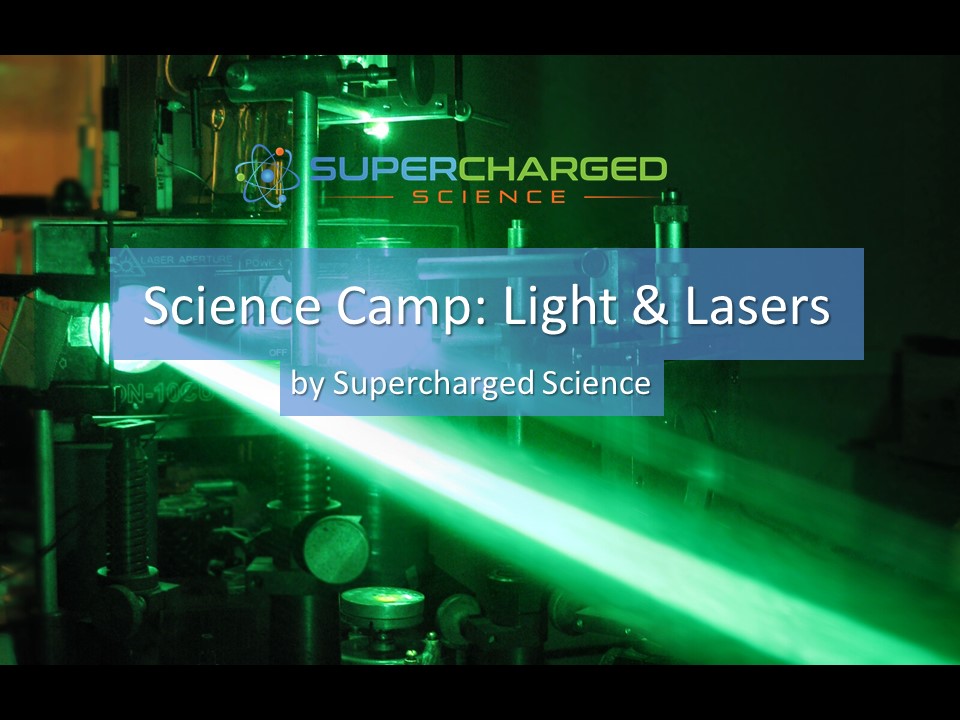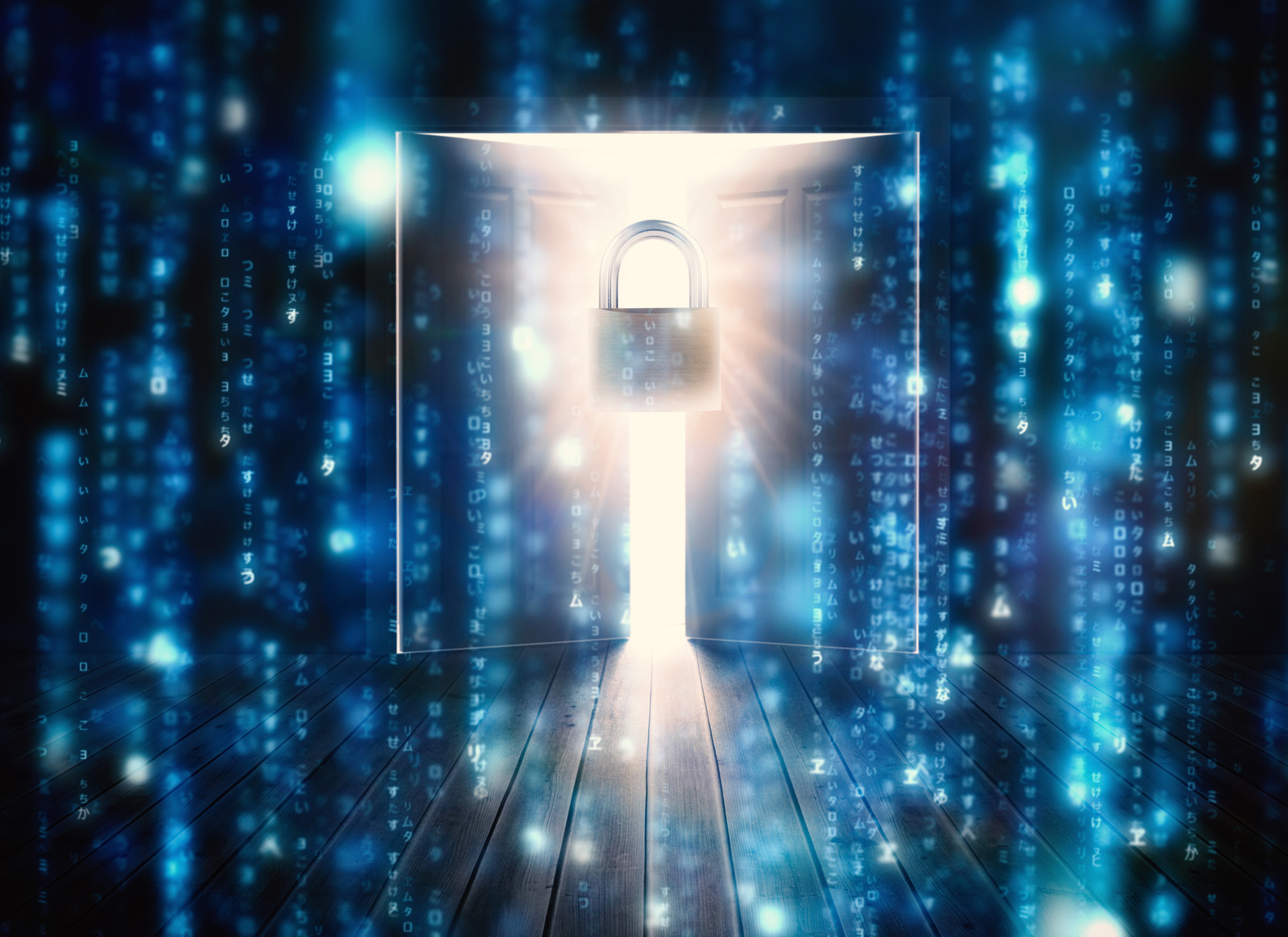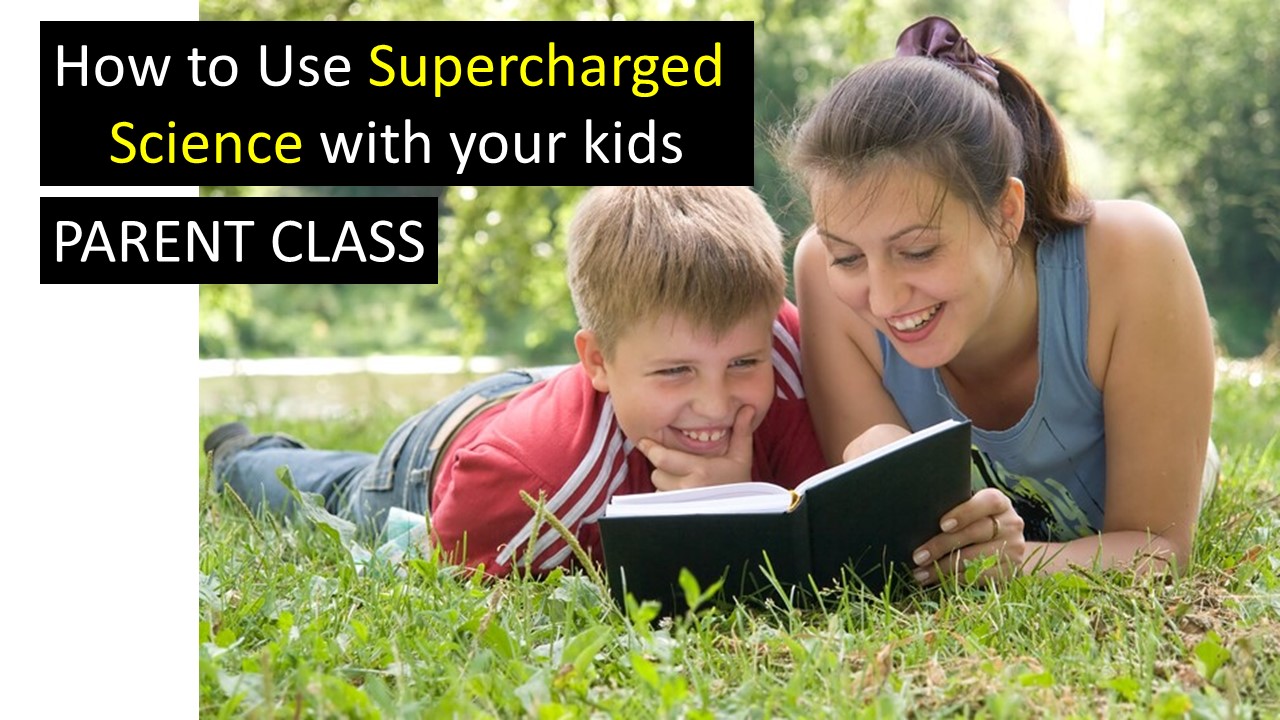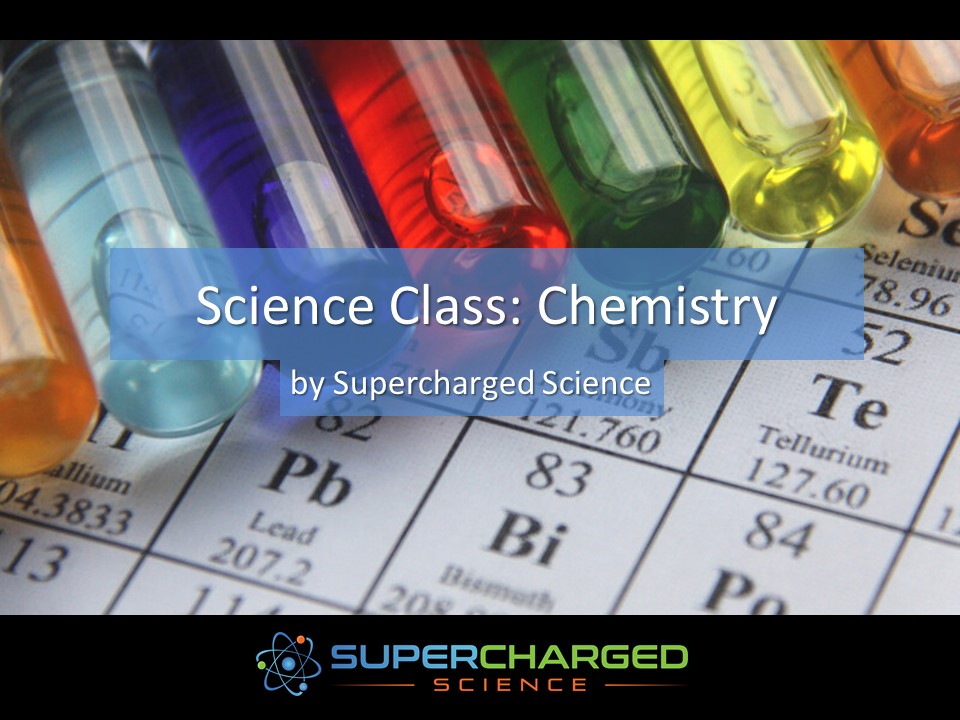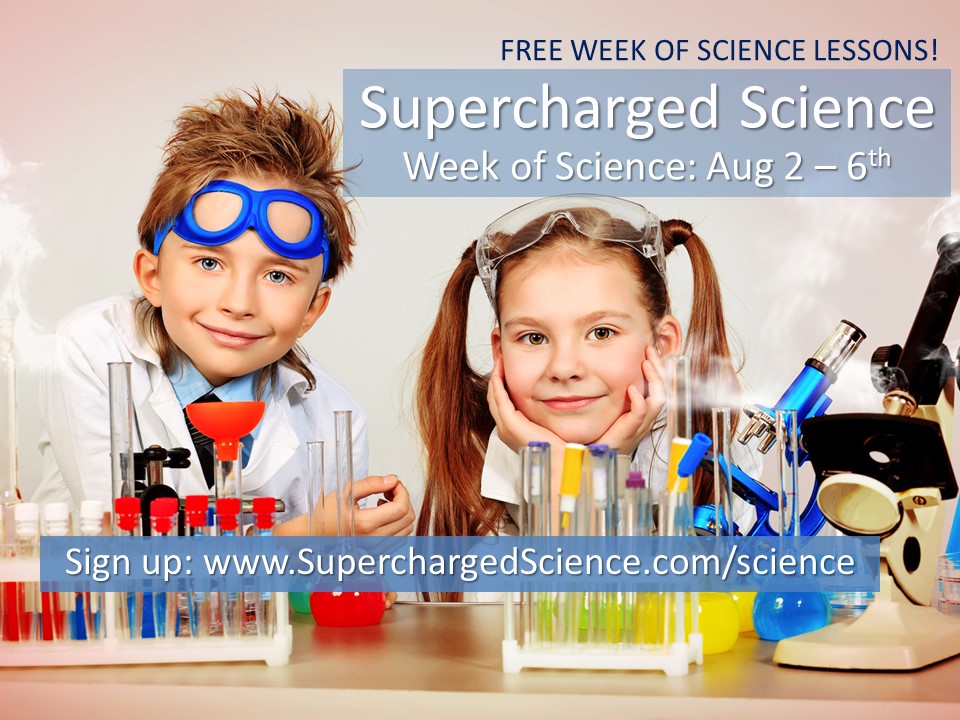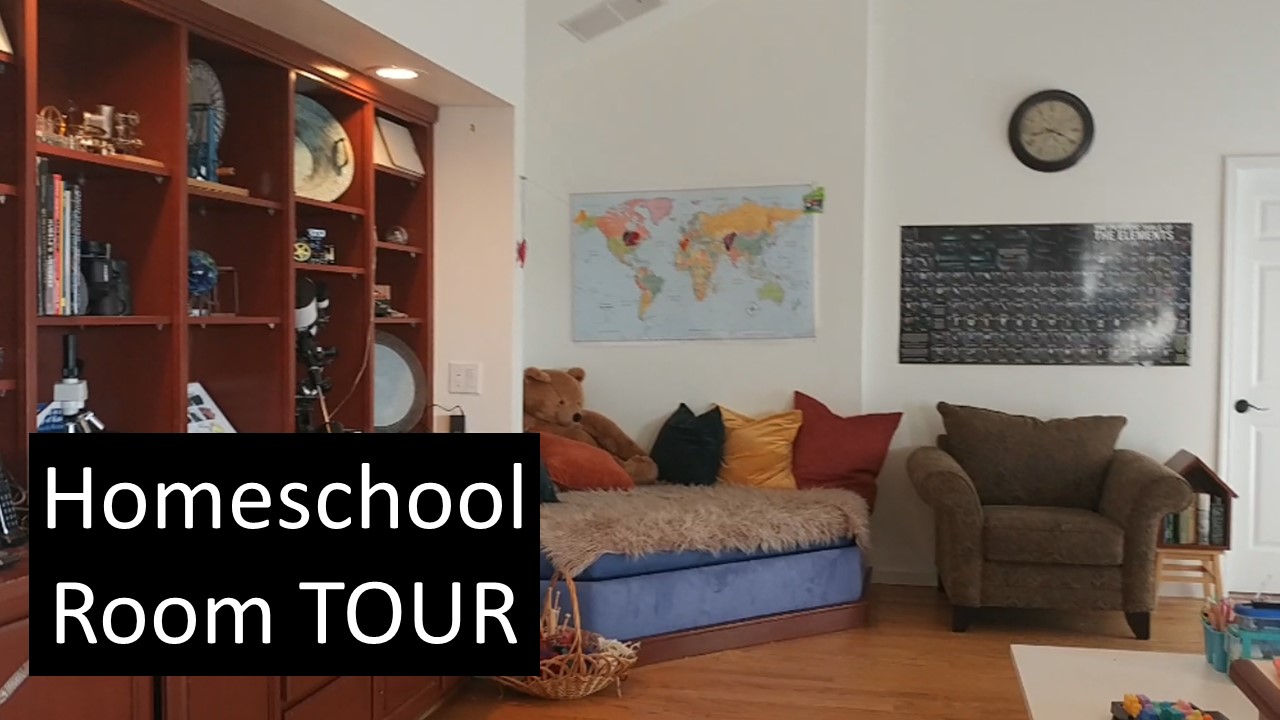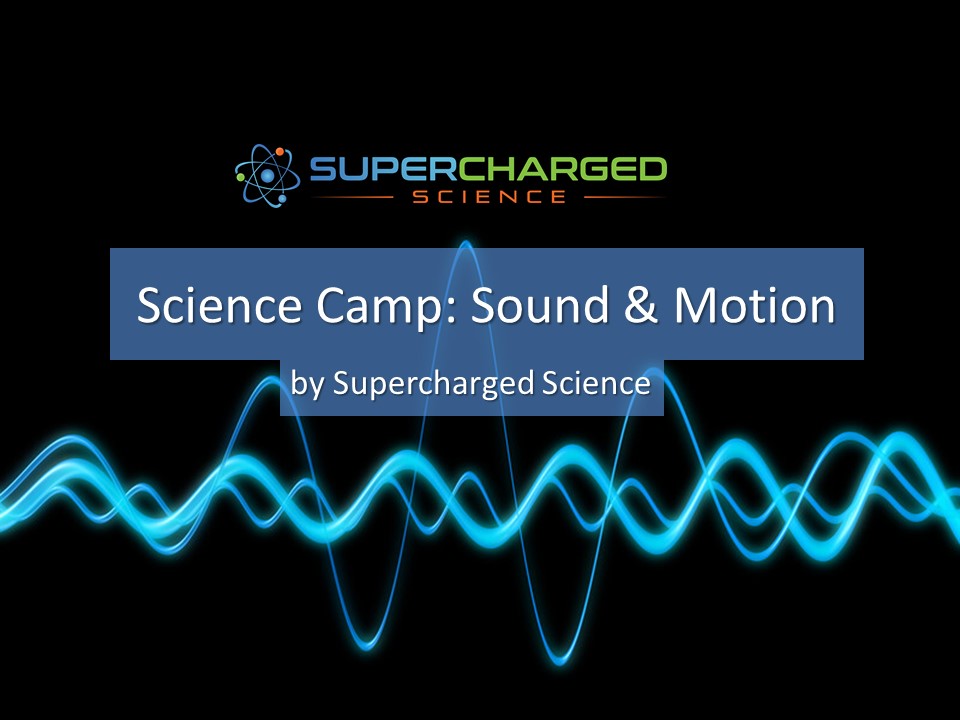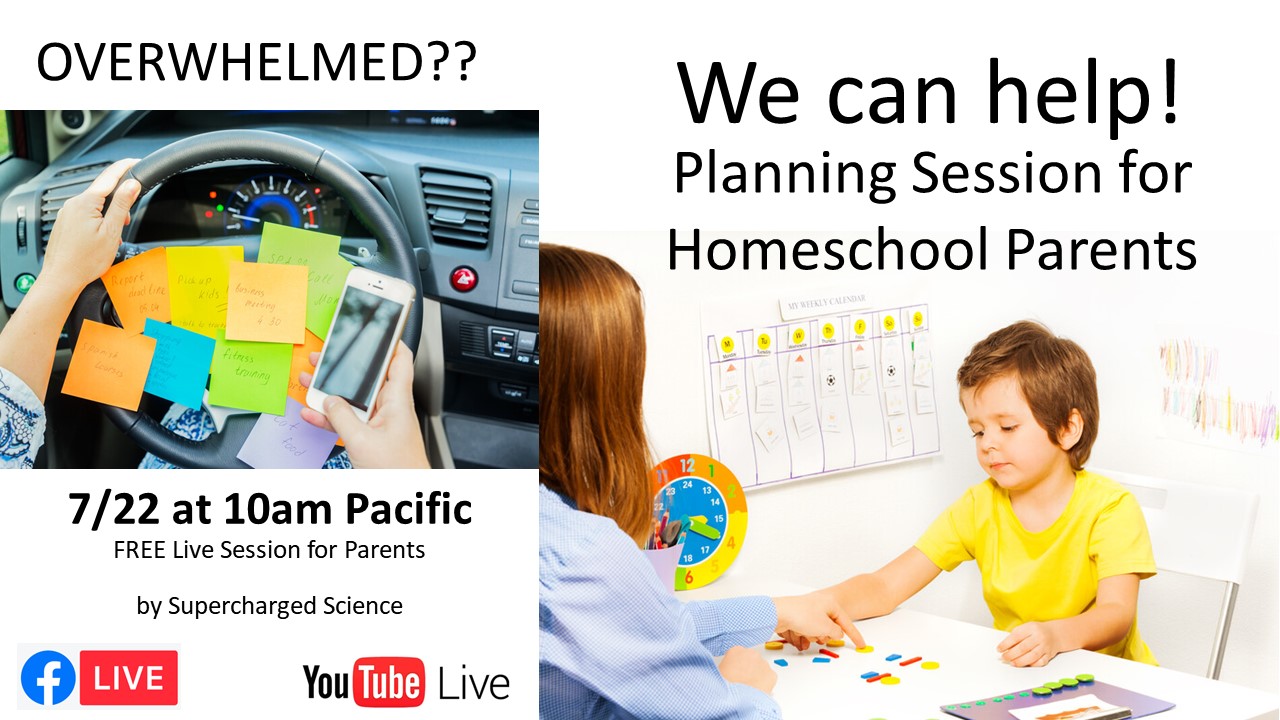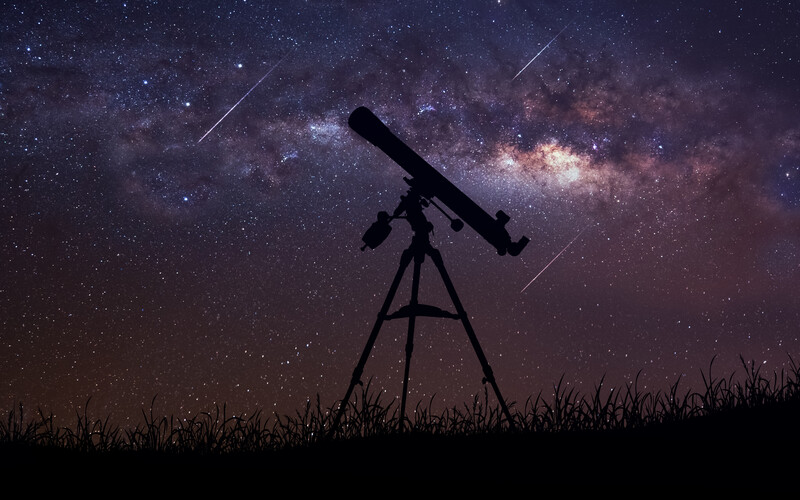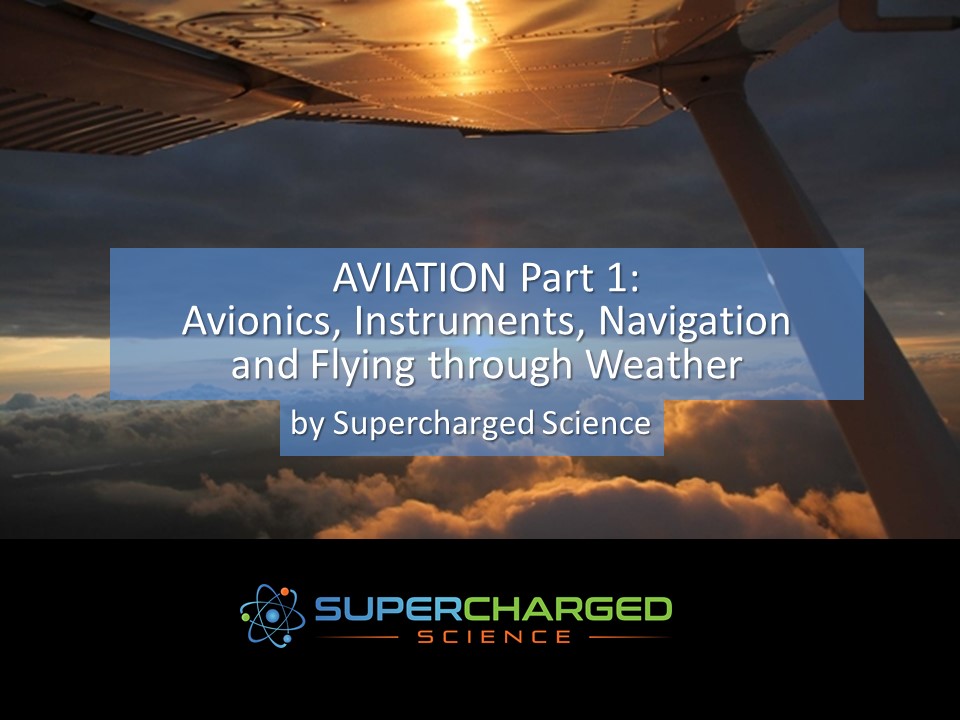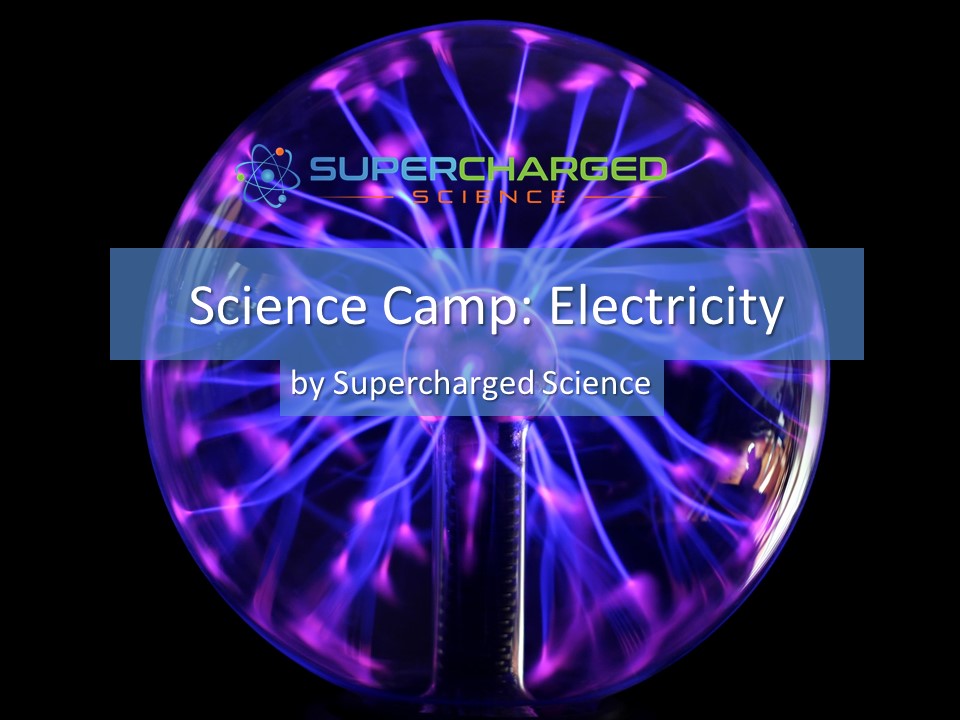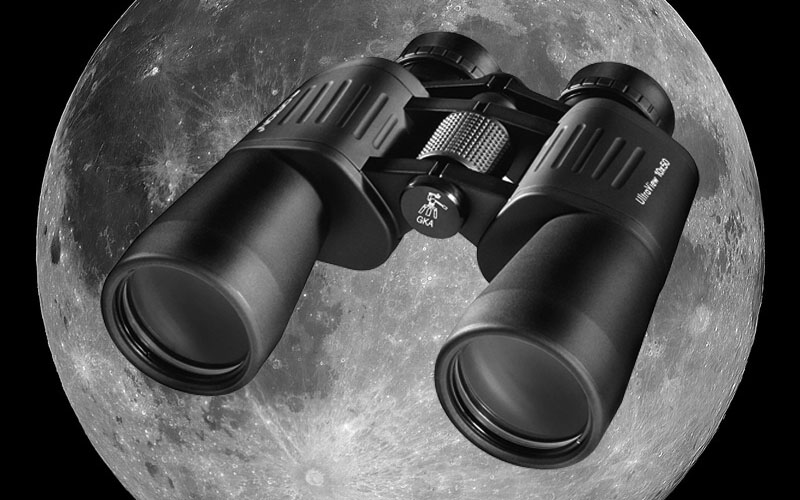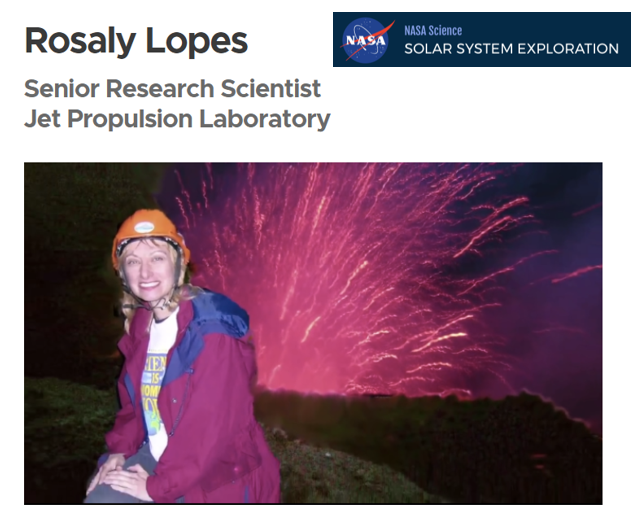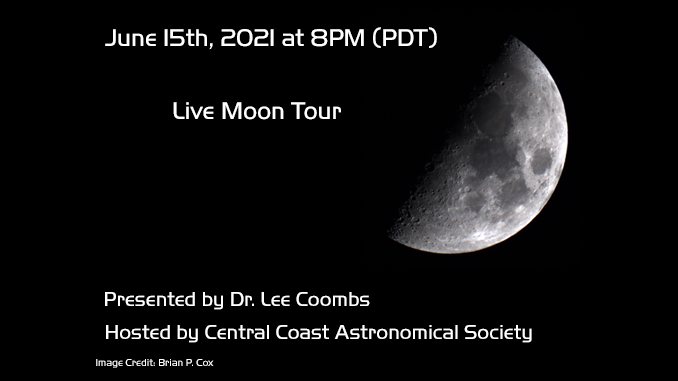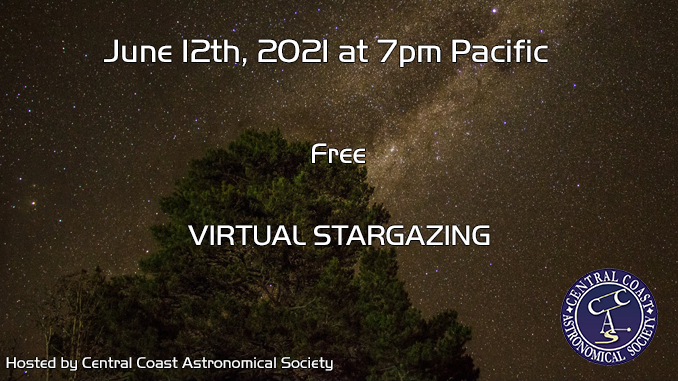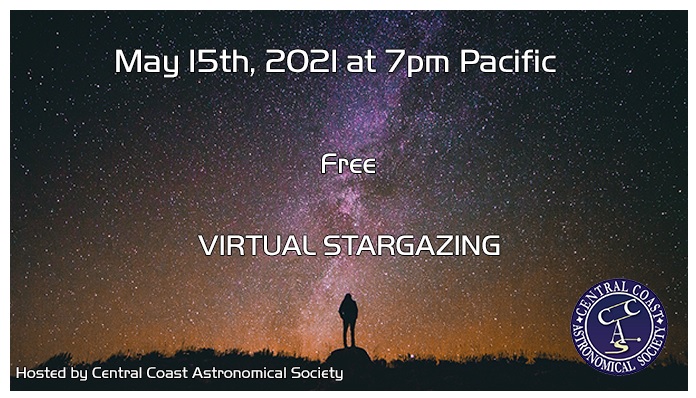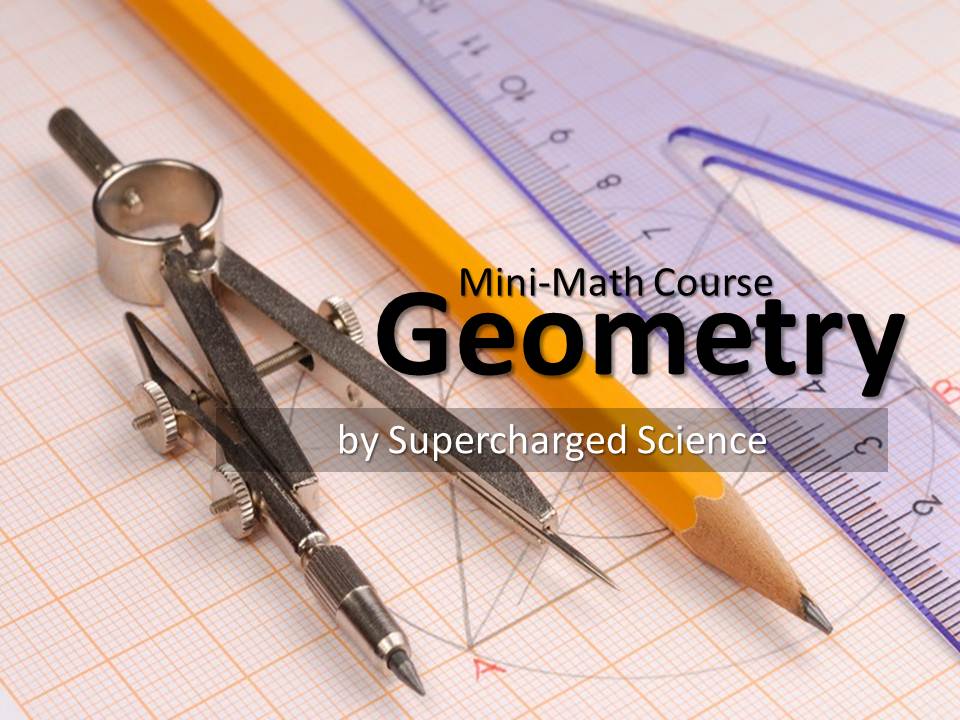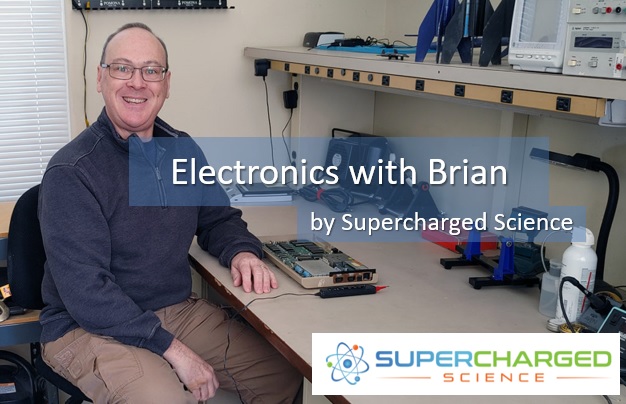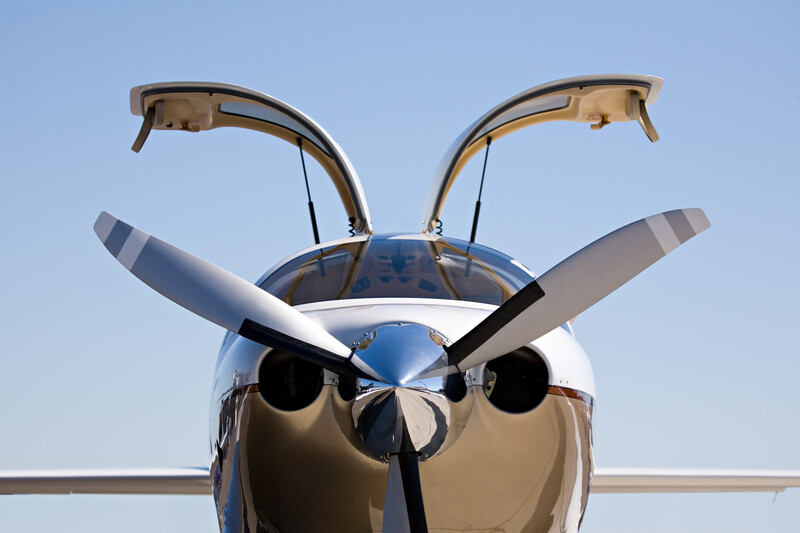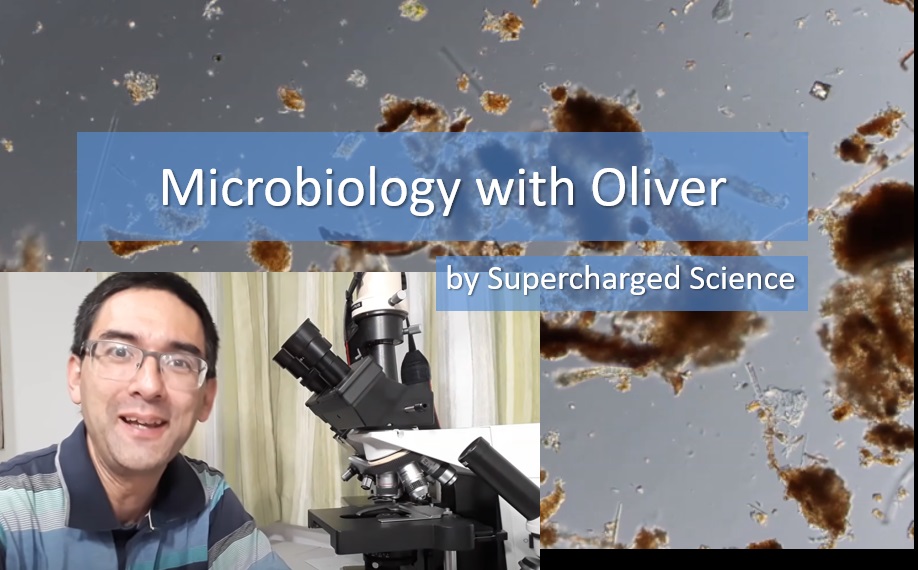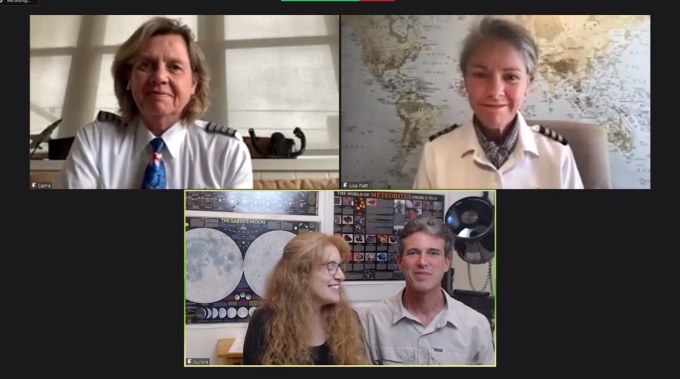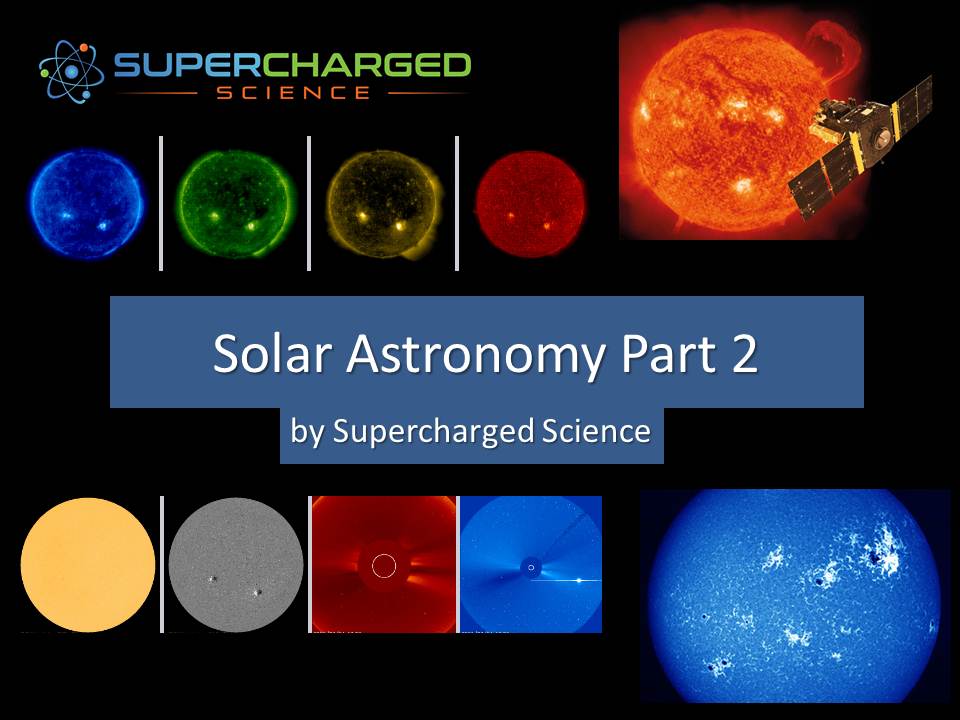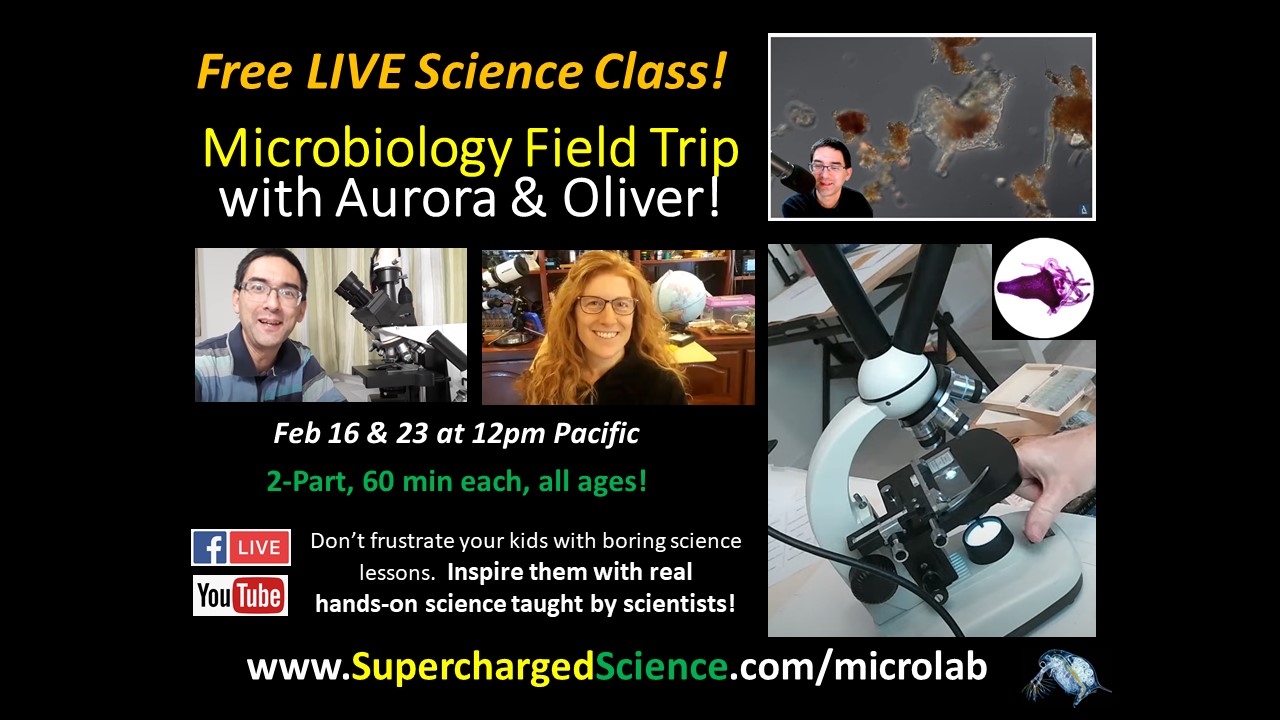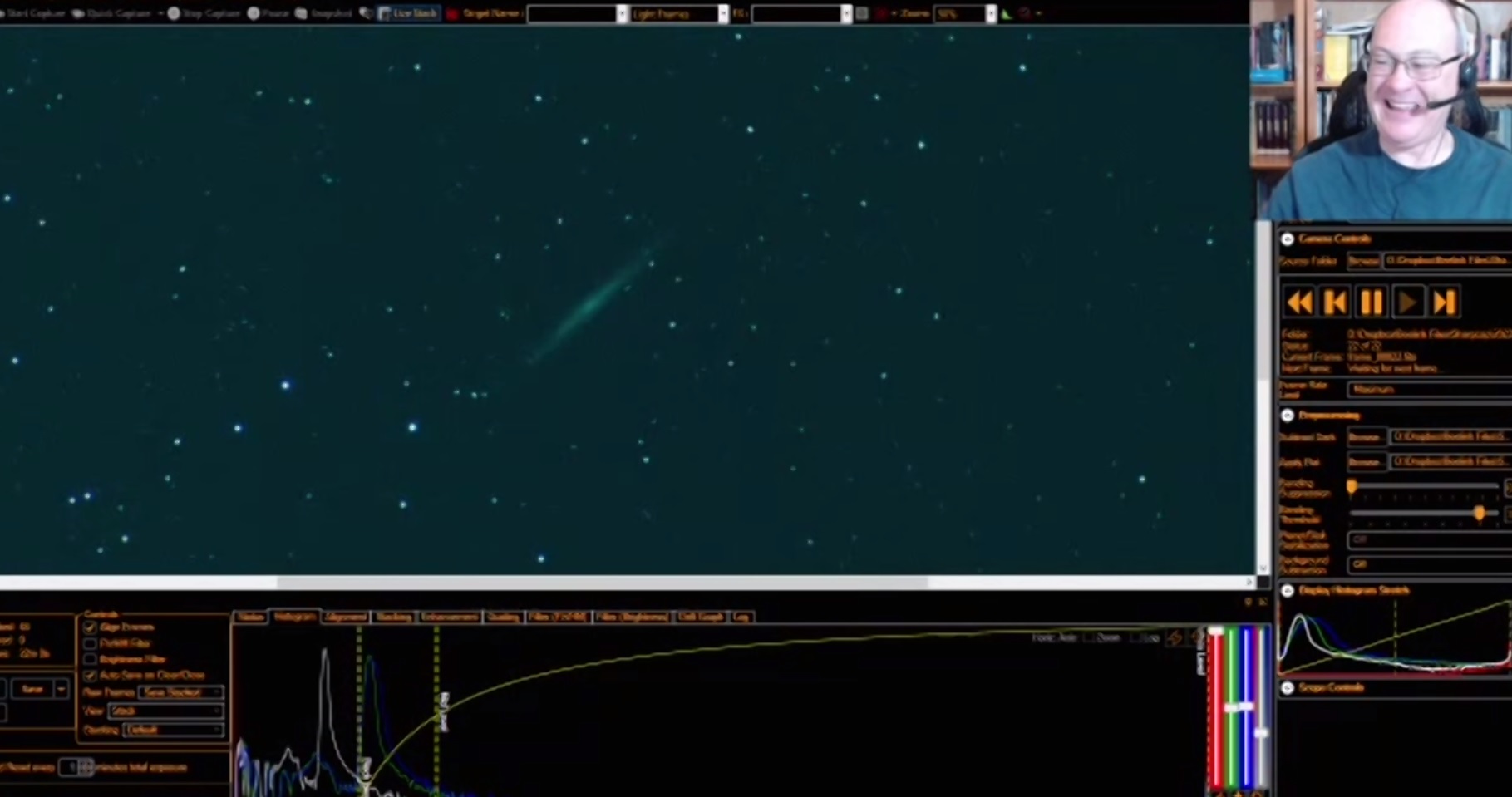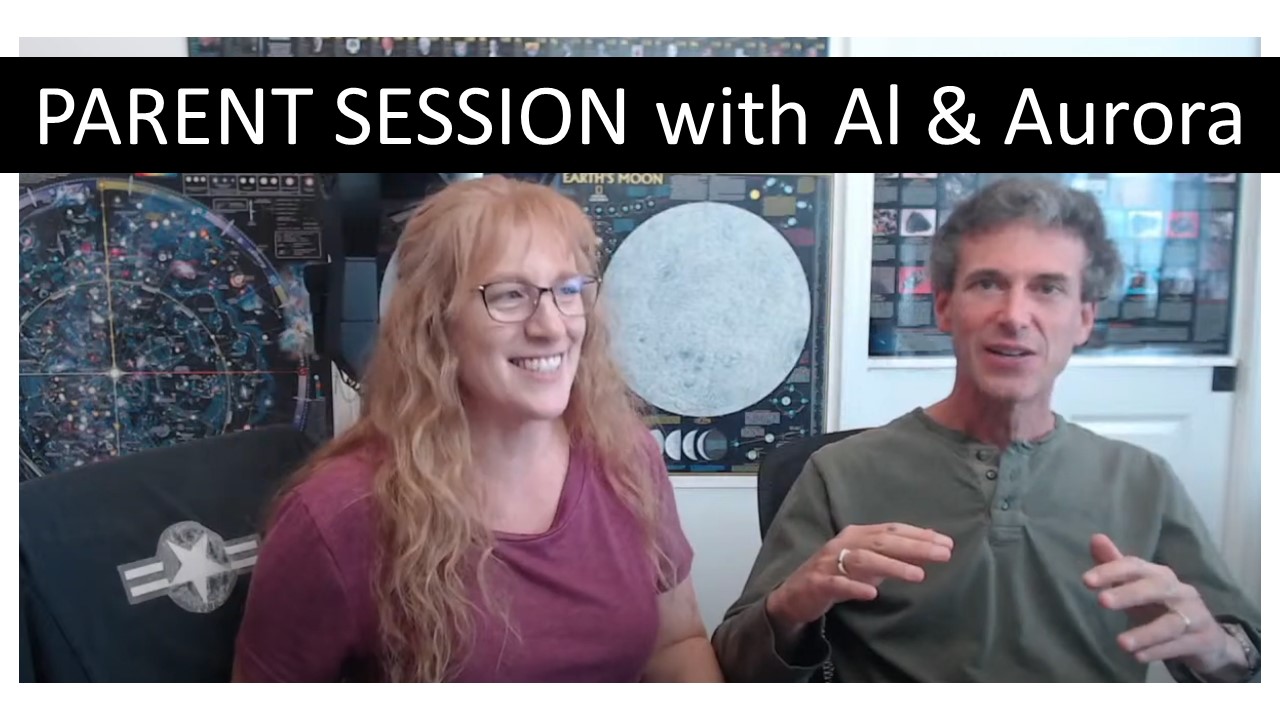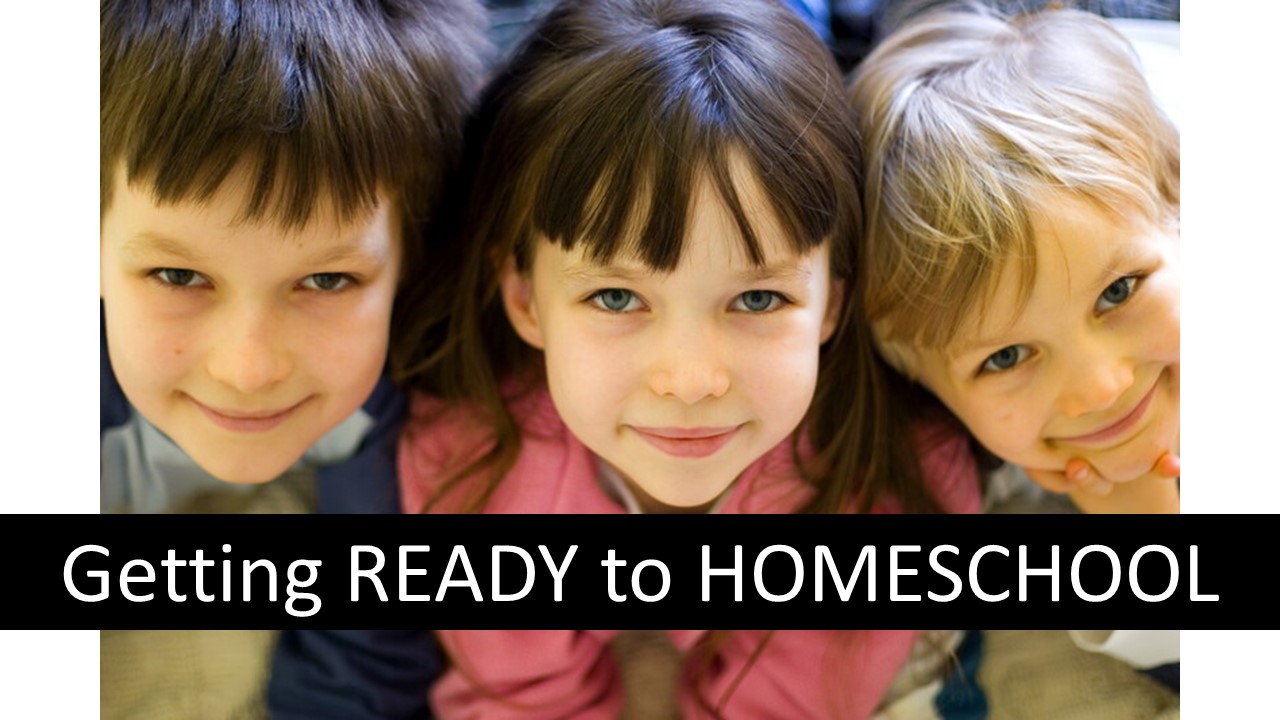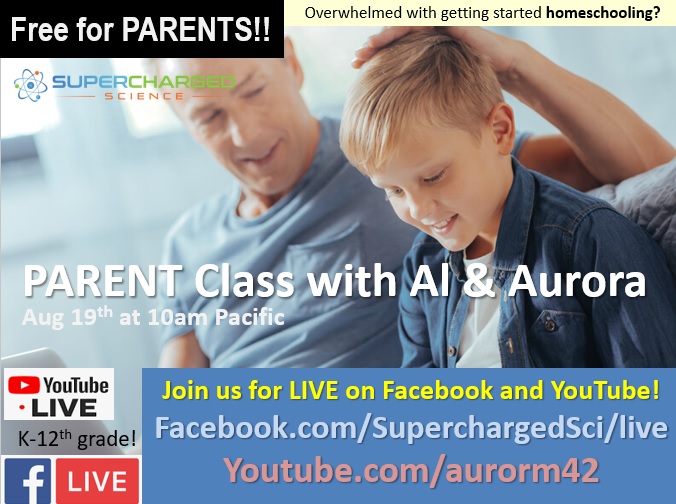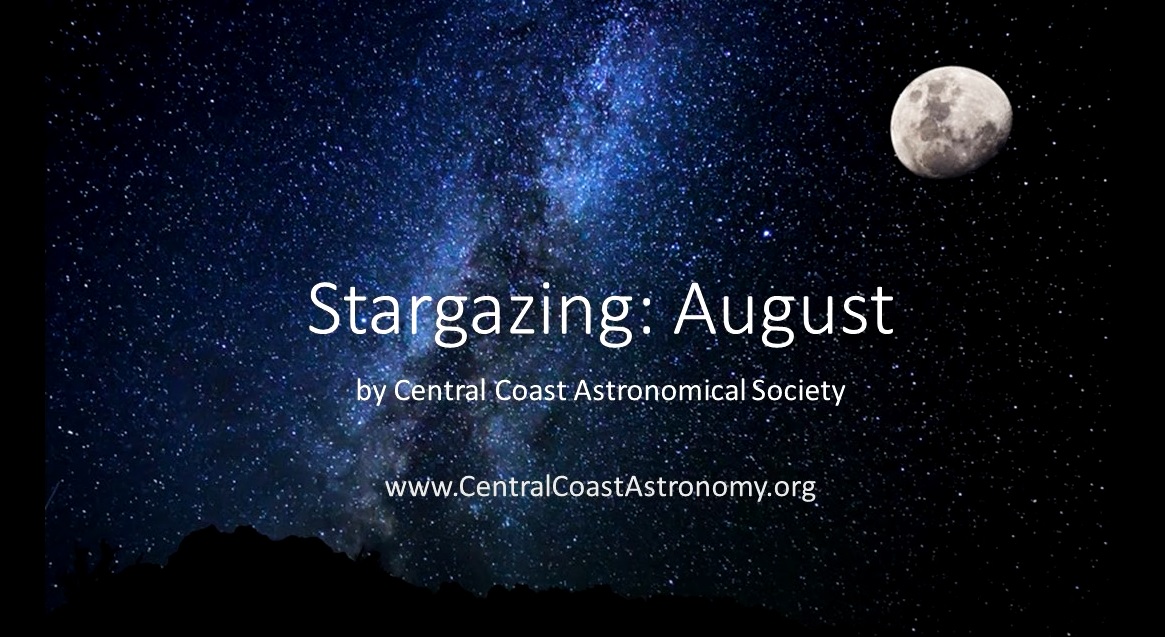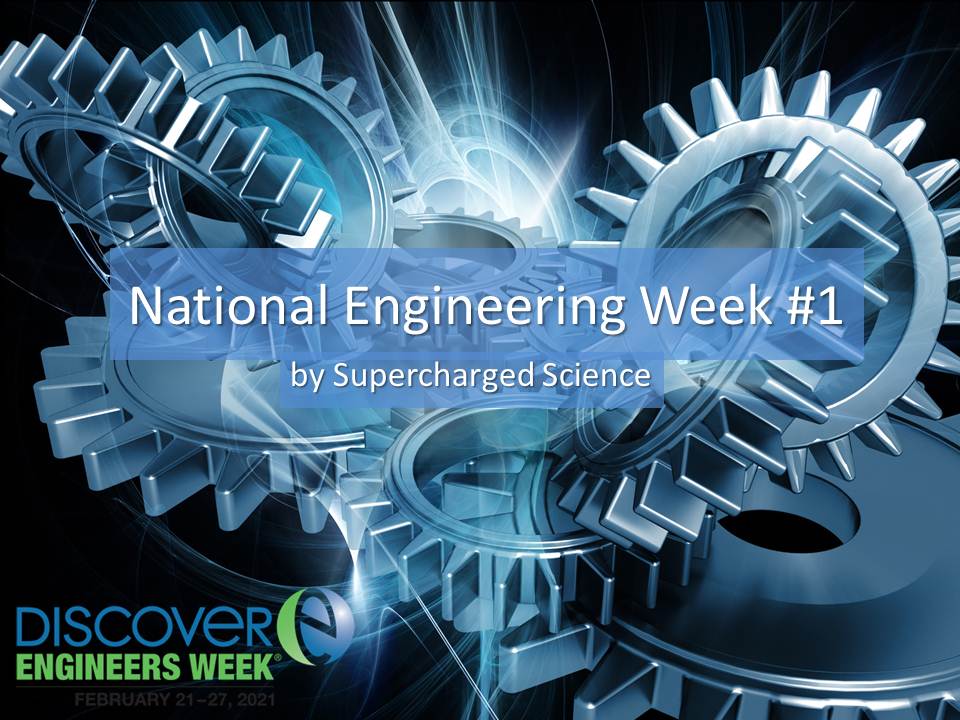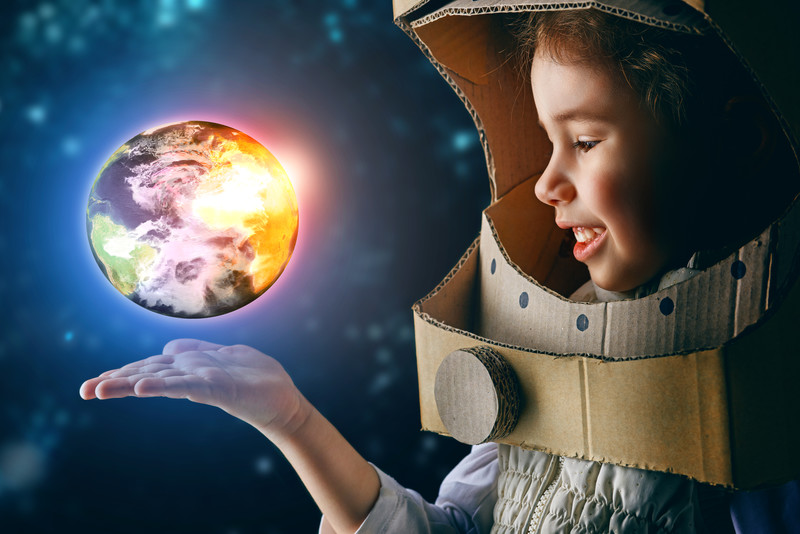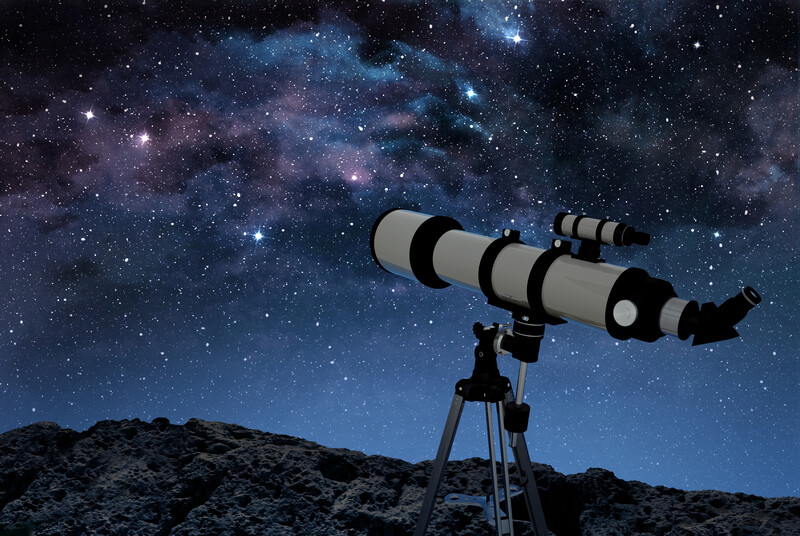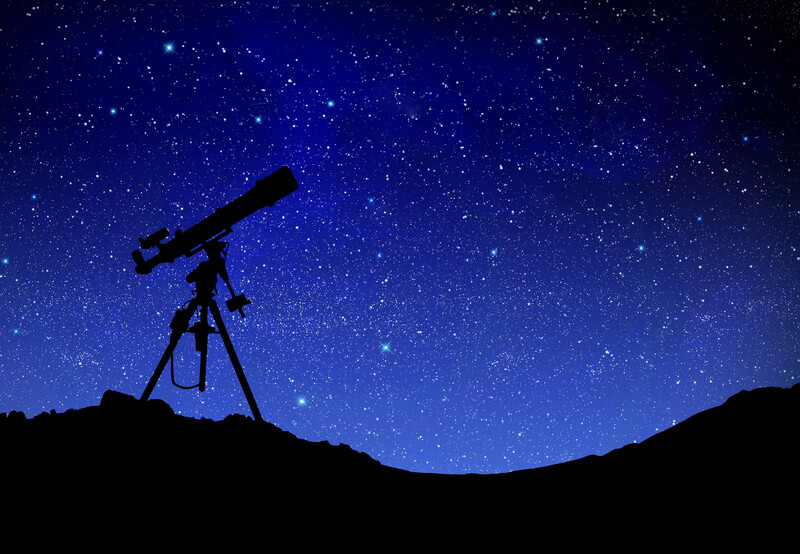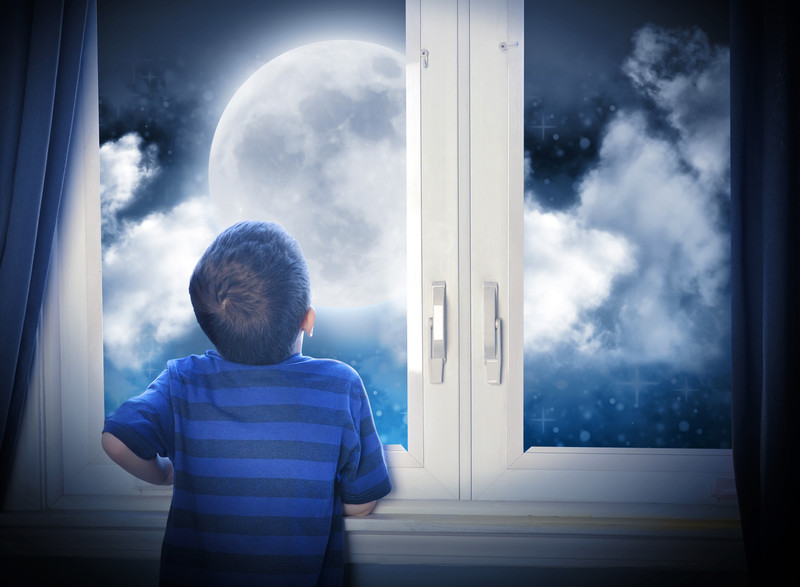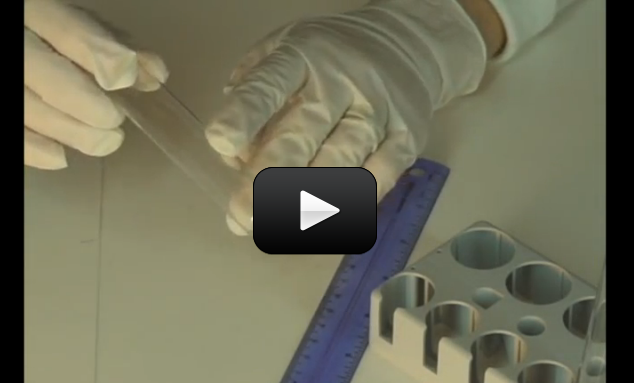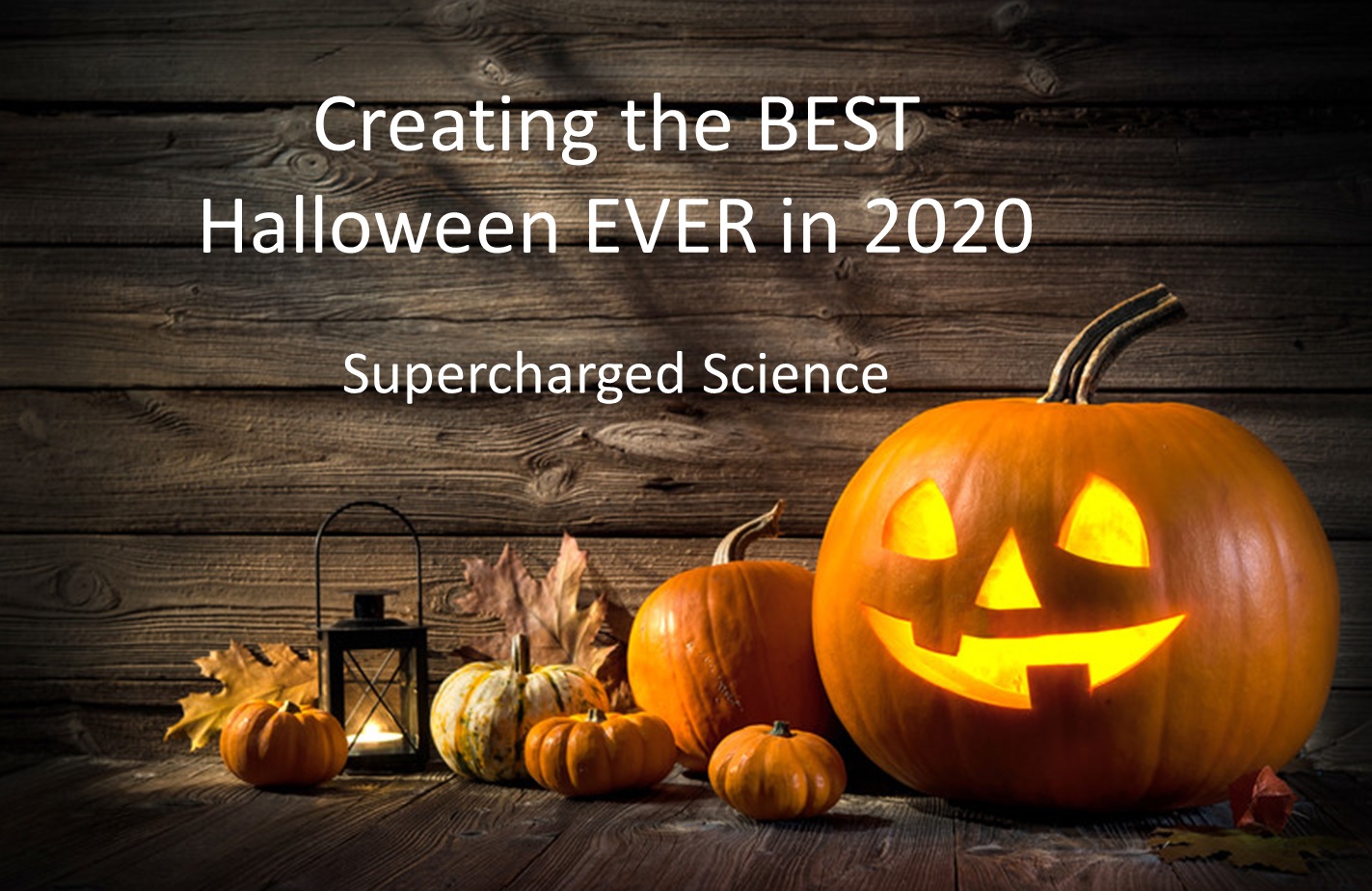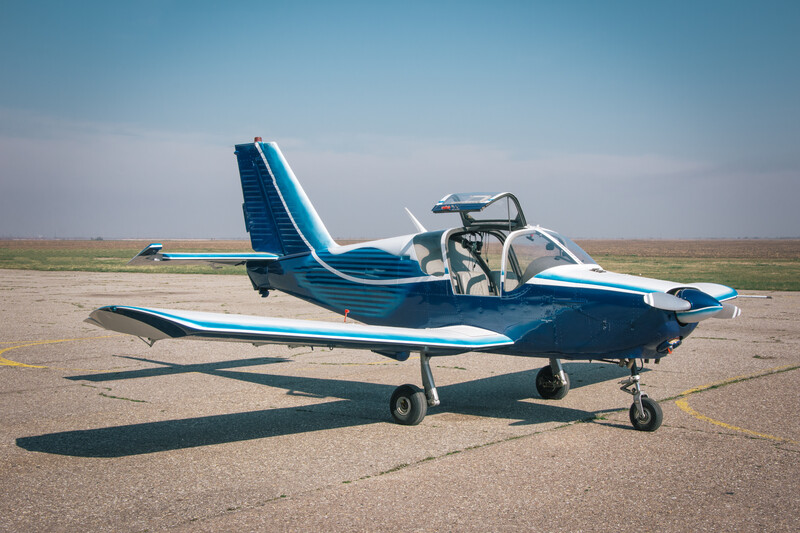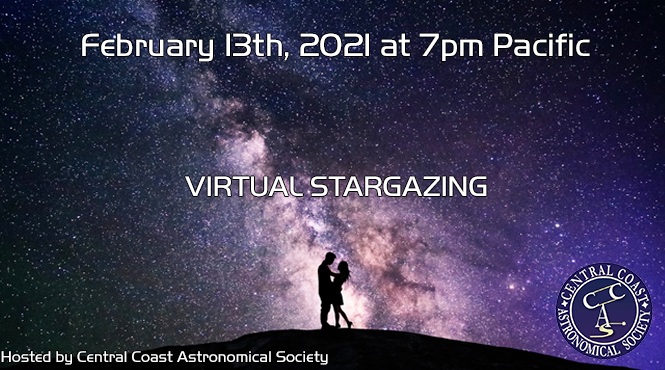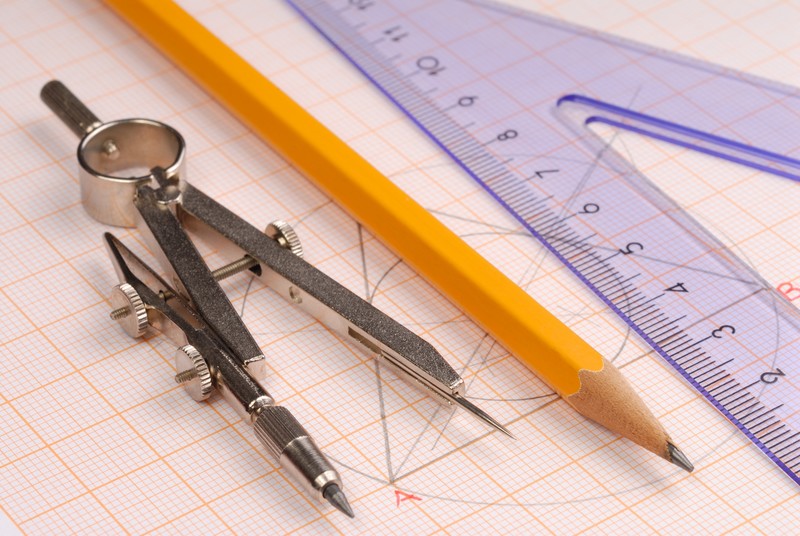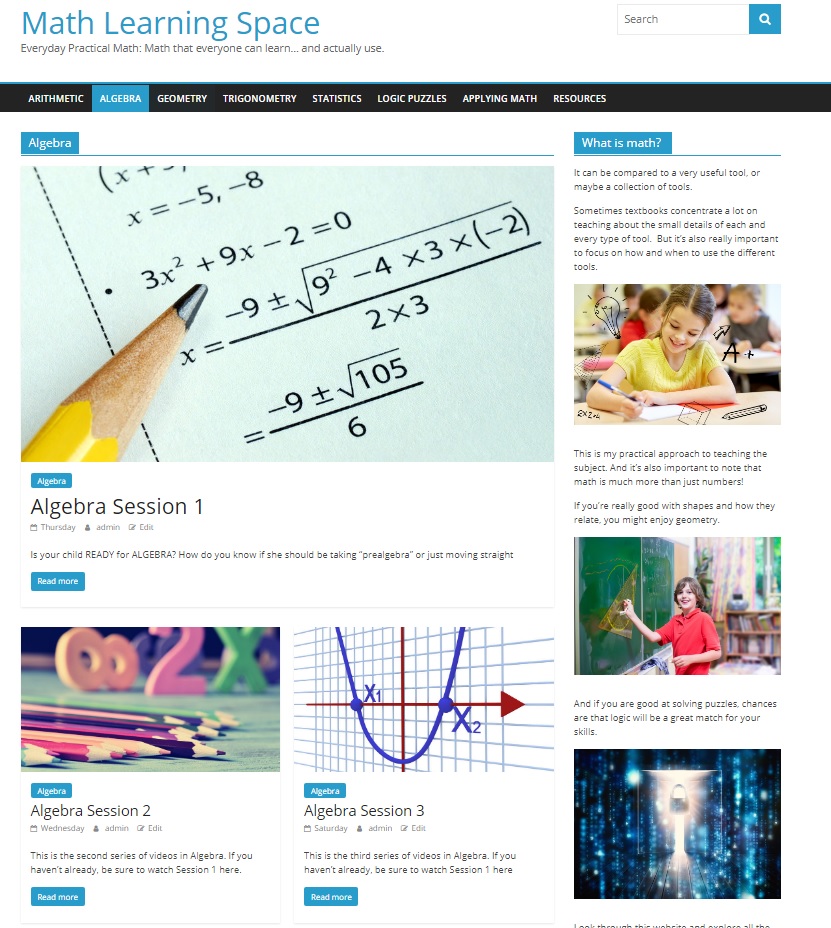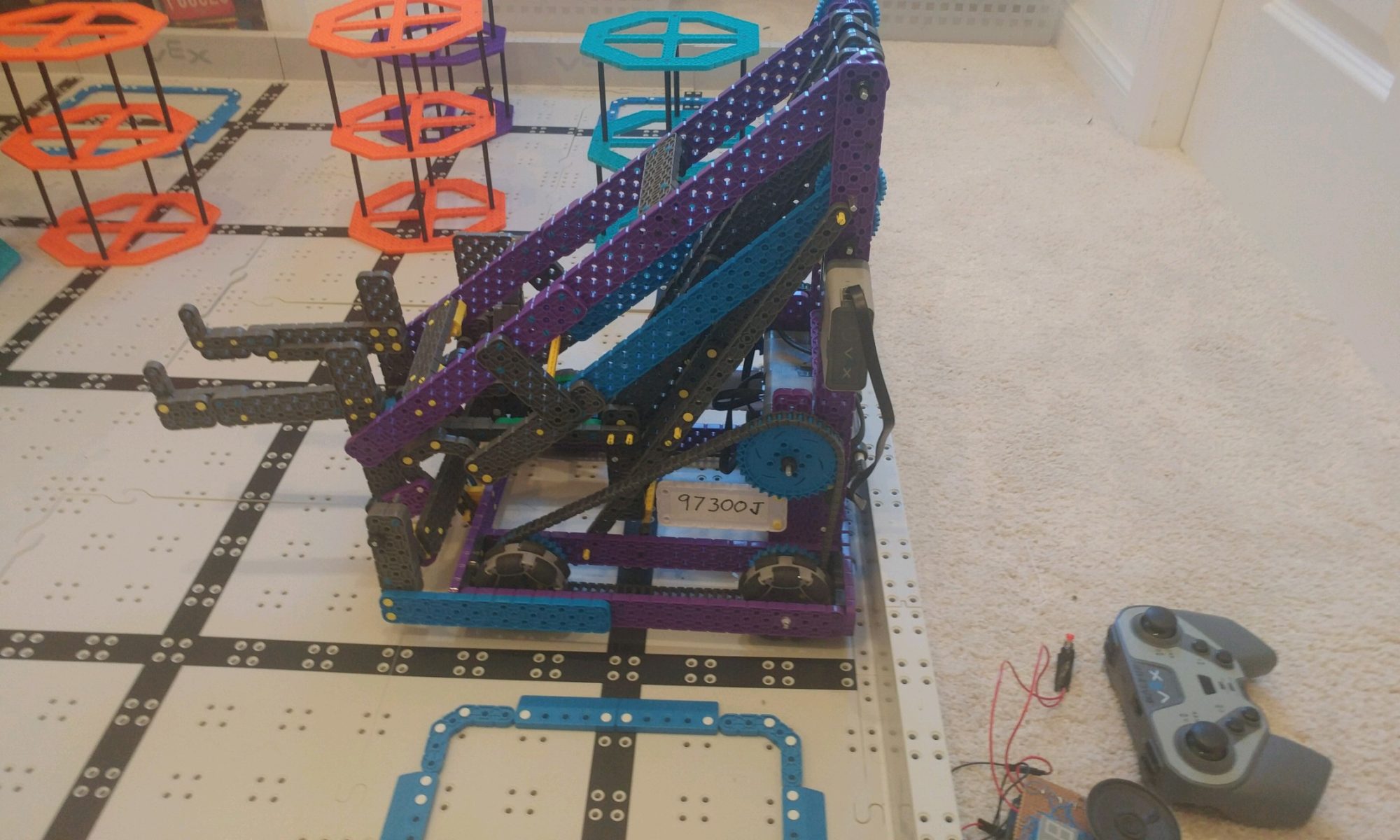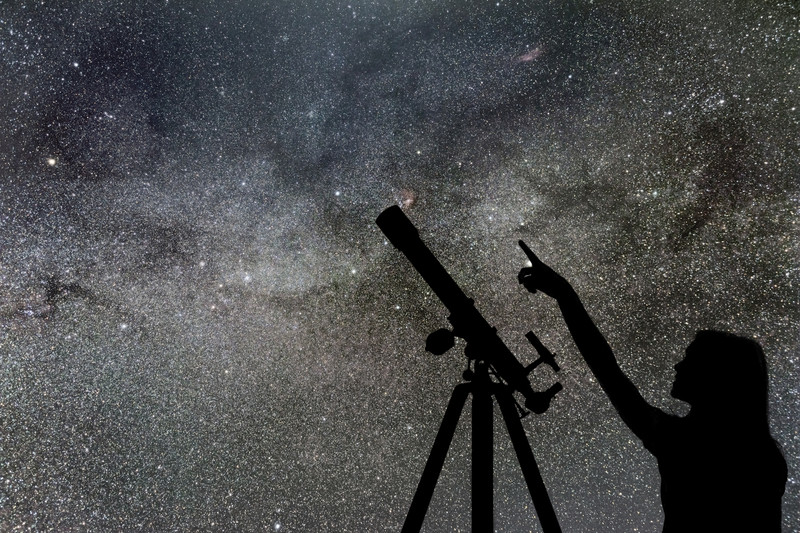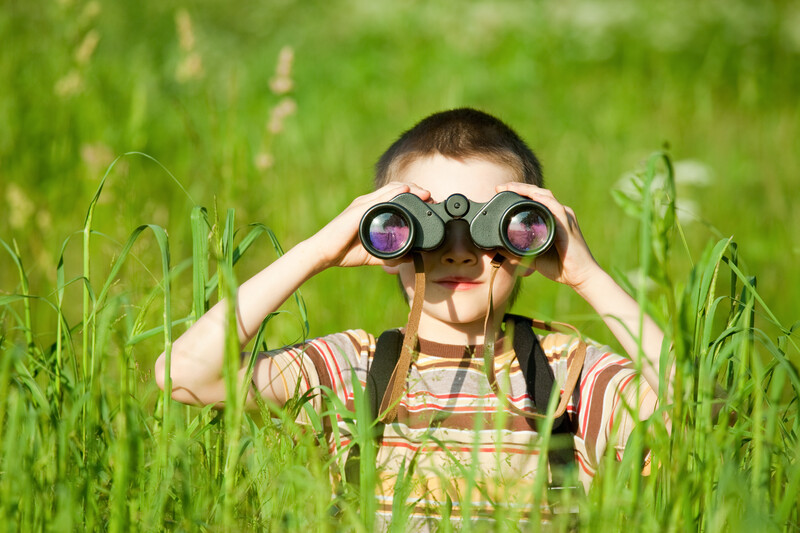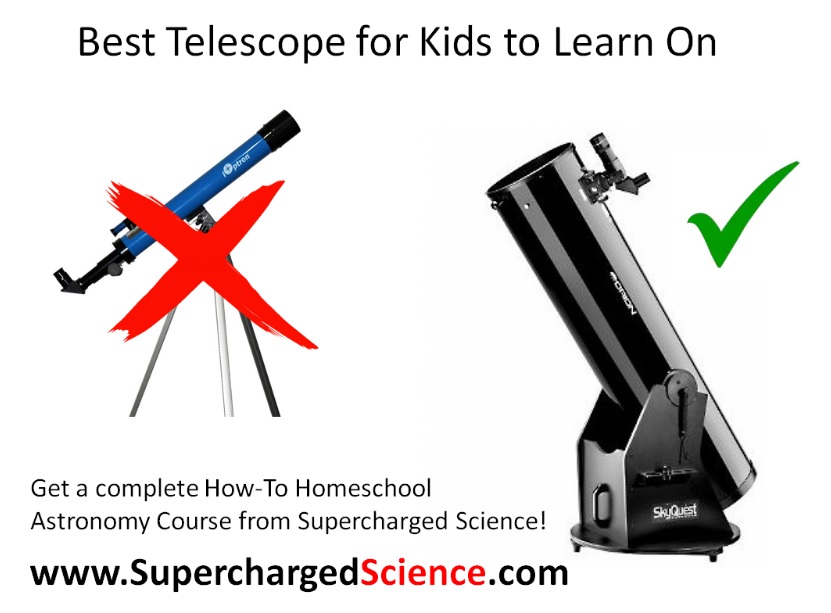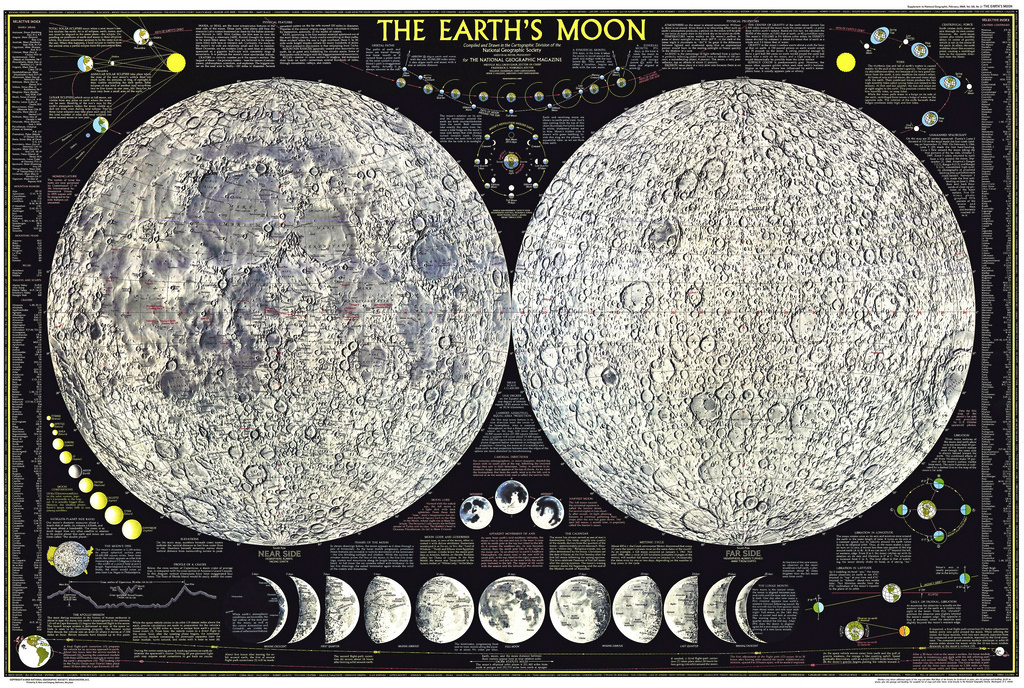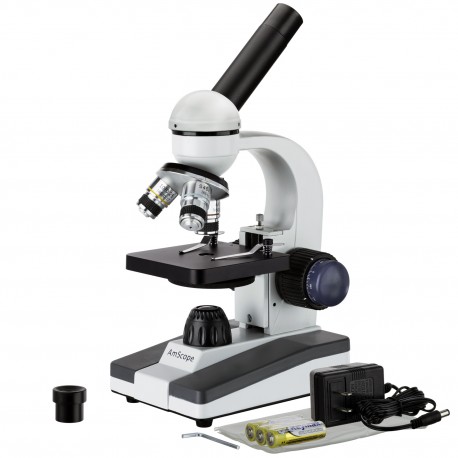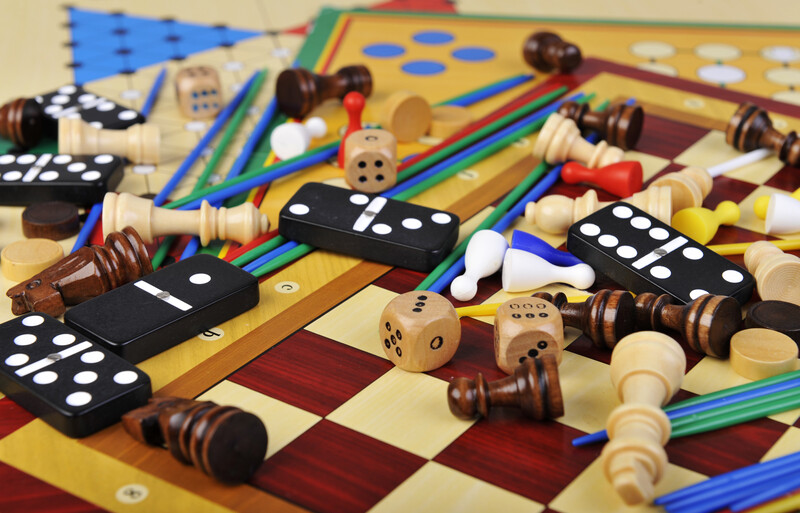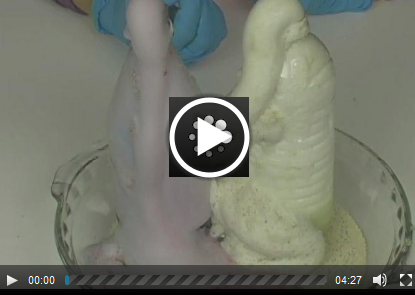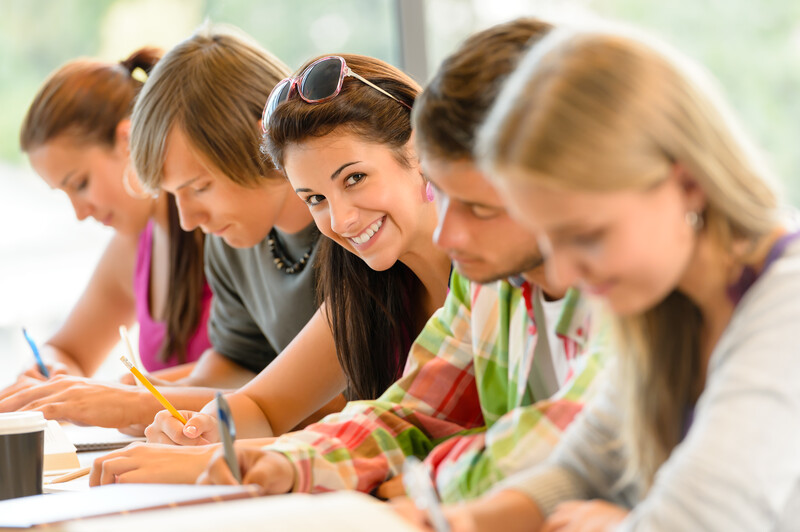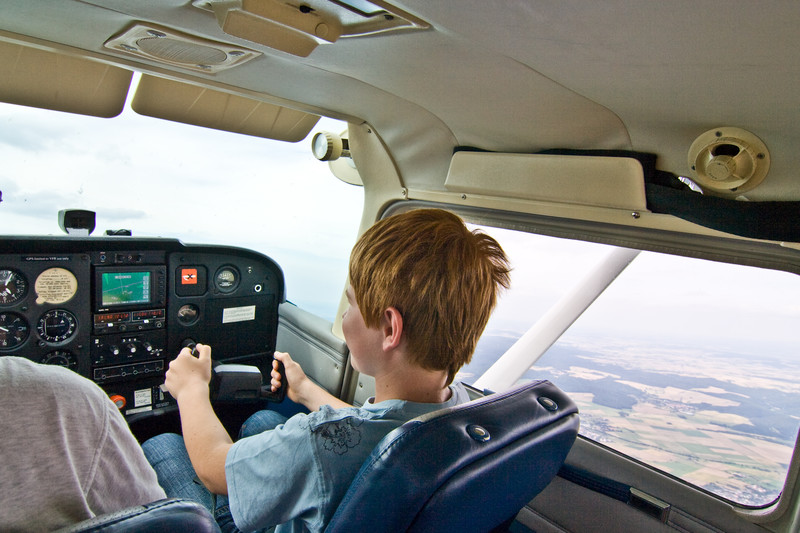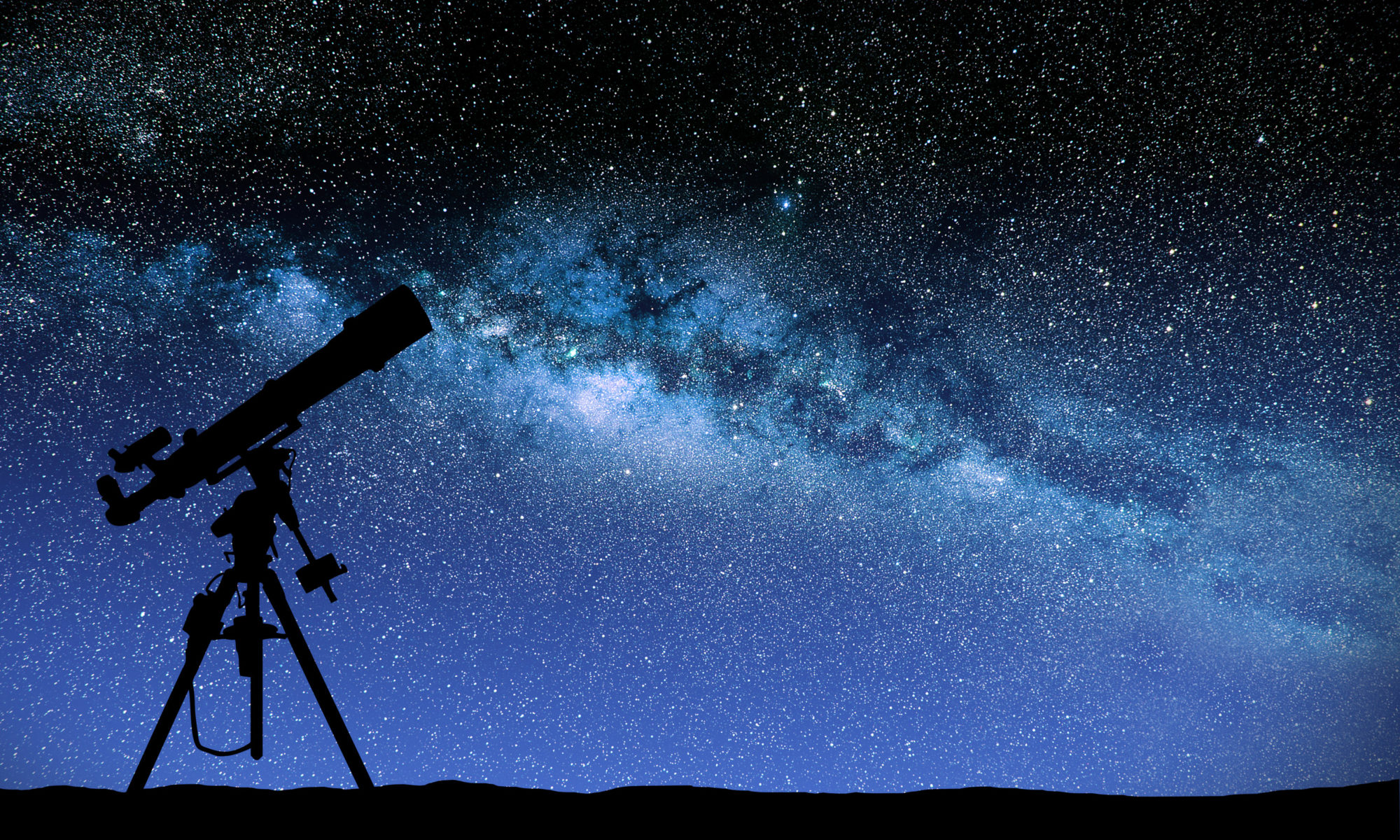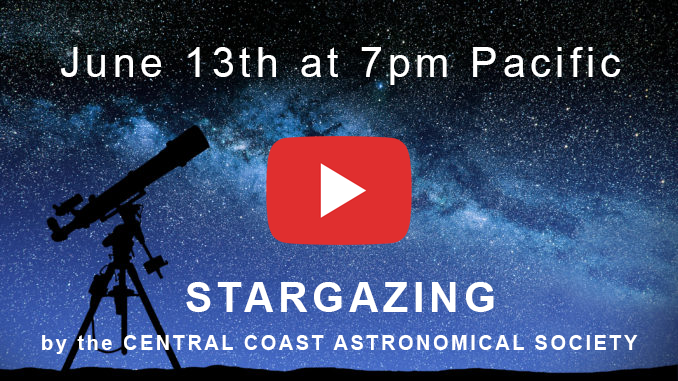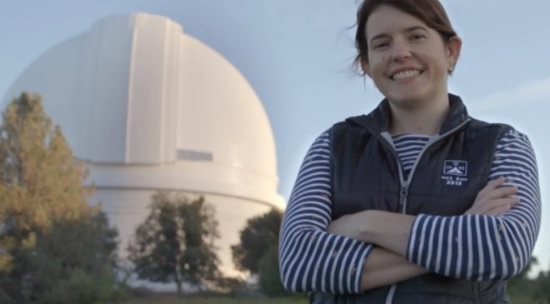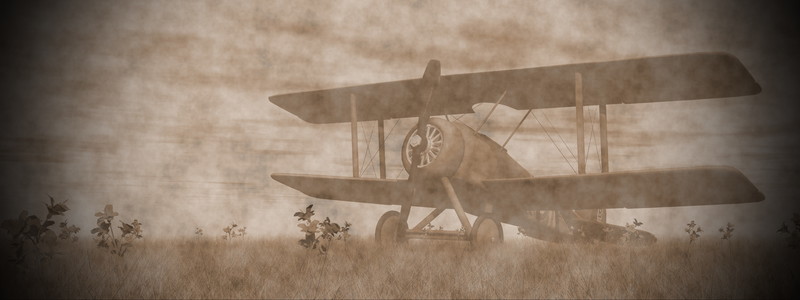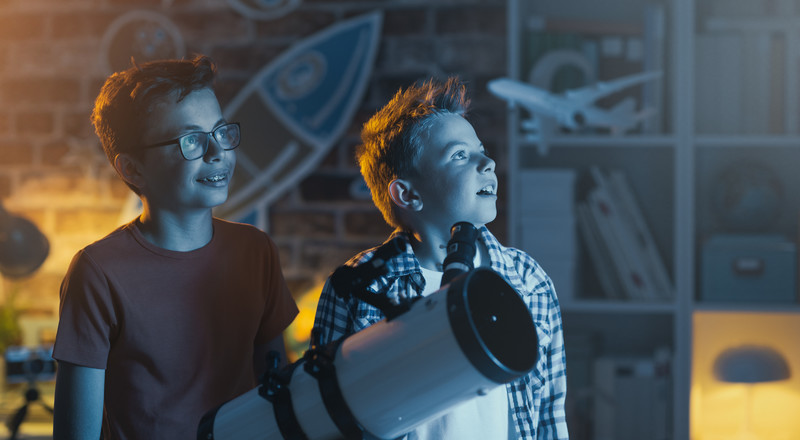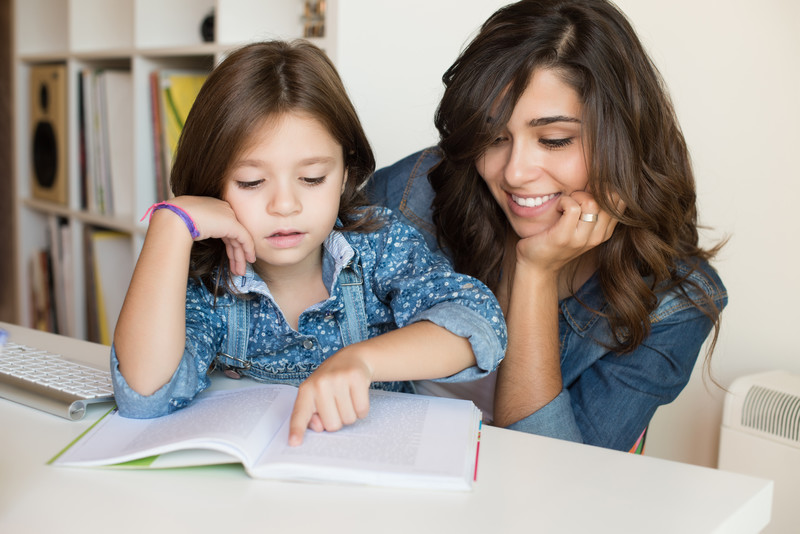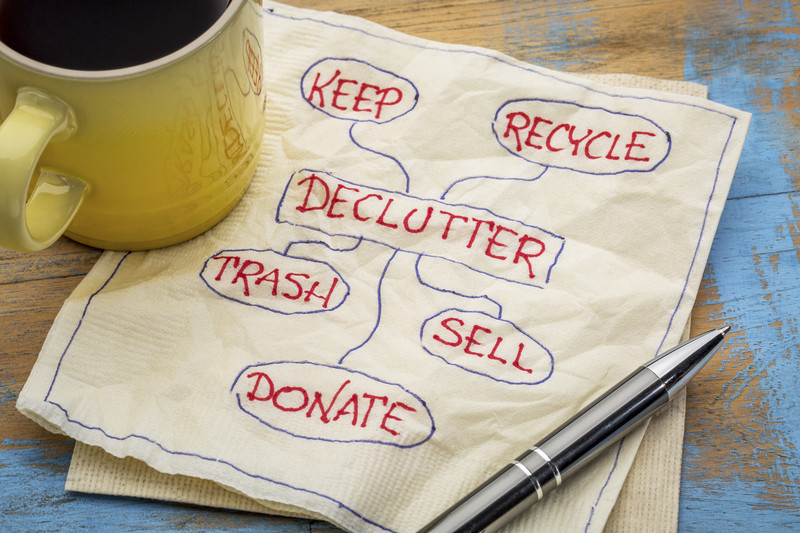Parent Session: How to Use e-Science with your Kids
HOMESCHOOLERS! Are you new to Supercharged Science?
Join Aurora for a LIVE Parent Class to learn how to use the Supercharged Science Curriculum with your kids!
FOR THE MAIN CURRICULUM:
NEW THIS YEAR: Aurora will be teaching two days of live classes: Mondays and Tuesdays each week. On Tuesday, she will also assign a longer project/design activity due on Sunday evening. That way, students can use the rest of the week to work on their projects and be ready for a new concept the upcoming Monday.
Live classes are available to watch on Facebook, Youtube and Zoom. (Students are not posted to social media, you will only be able to see Aurora for the entire class.)
INCLUDING MORE: This year, you will notice Aurora taking time to include more MATH along with the SCIENCE lessons so students can really see how to use those math skills in the real world. This will show up when they set up their experiments, how they measure to take data, and using math to analyze their results.
Students will be creating their own lab worksheets and data tables to match their experiments.
Aurora will also be posting recommended books for READING and amazing HISTORICAL experiments and scientists that you can read up on make a more comprehensive, rich learning experience for your students. You will be able to use these along with the WRITING and SPELLING resources she will include in the workbook downloads for each month.
MORE SCIENCE: Last year, Aurora taught live science classes three days a week. Those recordings are available. Go to https://www.sciencelearningspace2.com... and look further down the page. Remember, these were bonus classes in addition to the Topics that are already available in the online science curriculum.
ALSO NEW is the PARENT SUPPORT on Thursdays. Parents can join Aurora LIVE in a special class. These are fun and supportive for our homeschooling community. Here’s the one from The most recent Thursday was an Academic Year Homeschool Planning Session.
See you soon!
Welcome to our Chemistry Class!
Your kids will do a number of ultra-cool experiments including:
- Make a Chemical Rainbow (like in the picture)
- Creating glowing silly putty
- Growing dinosaur toothpaste
- Making liquid freeze by actually heating it up!
Plus, they will learn about the 5 states of matter (the first 3 are solid, liquid and gas). Plus discover supercooling, chemical kinetics, phase shifts, atoms, molecules, chemical reactions, and much more!
Material List for Experiments
• Aluminum pie plate
• Bowl
• Clear glue or white glue
• Disposable cups
• Goggles & gloves
• Hydrogen peroxide
• Liquid soap
• Popsicle sticks
• Scissors or pliers
• Sodium tetraborate (also called “Borax”)
• Water bottle
• Yeast
• Yellow highlighter
We will be doing experiments during class. If you do not have materials, you can still fully participate (have on hand a pencil and paper). See you in class!
During class, you can either fill out the worksheet, OR if that’s too stressful or a hassle, just set it aside and fill it out after class is over so you can enjoy watching the class.
Answer key is on the last page, so put it in a place where you won’t be tempted to peek at the answers until after you’ve given it your best shot.
We're kicking off our Academic Year with a WHOLE WEEK of hands-on SCIENCE!
Setting up the Learning Environment
Over the summer, I take time to look at what went well with our homeschooling space, and what we've outgrown or didn't really use. We take down all the artwork on the walls, save all the finished work, and stock up the drawers with new supplies of pencils, paper and paints. Would you like a talk-through tour of our homeschooling space as I get it ready for fall for my family? I feel that our space is neat and cozy, but for us, it's not so over-the-top organized, color-coordinated or kept in such a state of perfection that the kids don't feel comfortable working in it. It works for us, so enjoy and have fun in our home!Join me for a Parent Planning Session!
If you feel overwhelmed, disorganized, and a bit directionless when you think about your child’s education, this help session for parents may be just the ticket!
Planning is one of those things that we all know we need to do, but few people actually take the time to do it, and I mean do it well enough so that it actually works. It’s the backbone structure that guides your actions throughout the year, something in place so you can feel great about your child’s progress by the end of the year.
If you want to hit your target, you’ve got to have a plan that you’ll actually stick to. My goal for us during this planning session is to eliminate the headache, hassle and feeling bad about it (“it” being no having a plan, not sticking to one, or anything else that you don’t feel good about when it comes to education with your child).
I want you to walk away with a neat-and-organized feeling, a sense of peace and ease, and a big smile. That’s my personal goal in holding this session. I want you to feel lighter, happier, and excited for the school year to start.
This session isn’t for everyone, it’s only for folks that would like to do a personal planning session with me. I am going to walk you through how I plan out my year, how I figure out how to reach my academic goals for four different children, and answer your questions along the way.
Aurora will be joined by Astronomer Brian P Cox for a live session in how to use binoculars for astronomy!
Many people don't even realize that hey have an amazing object right at their fingertips - the Moon! If you participated in Dr Coombs Moon Tour Presentation, you already noticed the spectacular views you can get using a small telescope or a set of binoculars.
The Moon is a fantastic object to practice on, because it's easy to find but there's enough detail that once you get started, you'll find yourself reaching for a Moon Map to try to spot and identify the different features.
Even if you don't own any binoculars, we'll guide you through how to pick a good pair for stargazing.
My personal favorites:
For Kids: Cometron by Celestron
For Adults: Orion UltraViews
This special class is scheduled during our Summer Astronomy Week: June 28 - July 2. More details coming soon!
Guess what? We have a SPECIAL GUEST just for Supercharged Science students! You’ll get to learn about volcanoes in our Solar System with NASA Scientist Dr. Rosaly Lopes!
We were originally going to do this class when we studied volcanoes in May, but everyone’s schedule was too full, so we rescheduled this presentation/interview for summer.
Dr. Rosaly Lopes, a volcanologist at the Jet Propulsion Laboratory (JPL), began her college studies in astrophysics but was soon inspired to study volcanoes on Earth and in space. She knew from when she was seven years old that she wanted to be an astronaut and work for NASA.
Her first job at JPL was with the Galileo spacecraft that flew by Venus to study the volcanic features of Jupiter’s moon Io. She has worked on the Cassini mission to Saturn studying data captured by Cassini about the moon Titan.
By studying volcanoes in space, we can better understand volcanoes on Earth because other planets have other variations like different gravitational fields and atmospheres.
Dr Lopes has visited over 50 volcanoes and has written seven books including a guidebook that describes every volcano on our planet.
Students will be able to ask questions and interact with Dr. Lopes through a special class presentation!
You can read more about her here:
https://science.jpl.nasa.gov/people/Lopes/
https://solarsystem.nasa.gov/people/119/rosaly-lopes/
We will be touring the Moon with amazing astrophotographer Dr. Lee Coombs from his private observatory . If you’ve ever noticed the interesting terrain and features and wonder what you can observe, this class is for you! We’ll start with the 5 day Moon and ending with the 11 day Moon, and you can see these features with binoculars as well as telescopes.
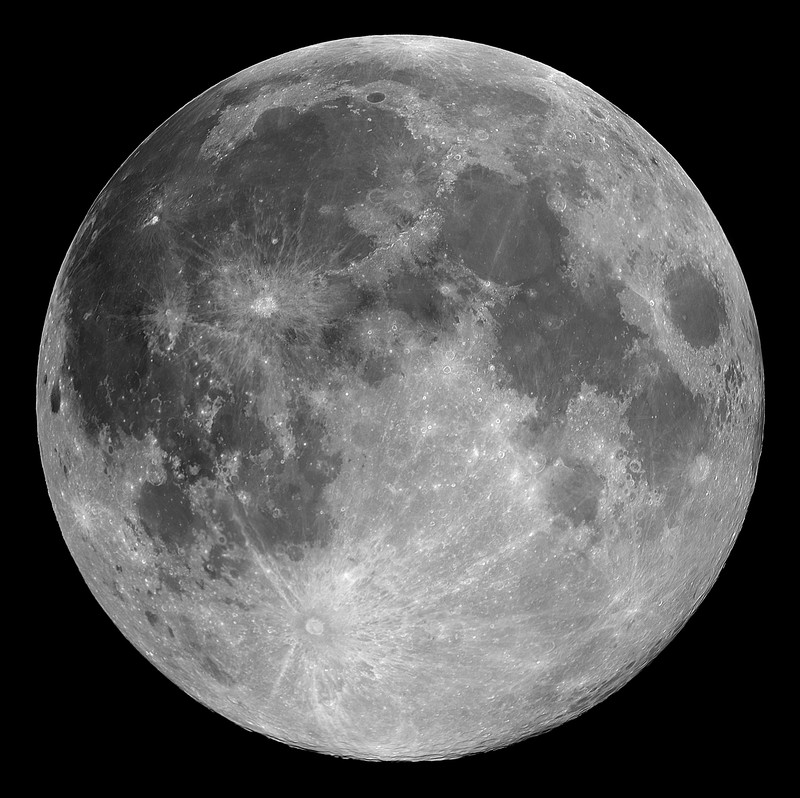
Find the current phase of the moon: Moon Calendar.
I will be posting the handout for this class in the LIVE CLASS section of the website under “Astronomy & Astrophysics”.
Connect to class through the link in your weekly emails (the one with the updates for the upcoming week).
Do Galaxies Breathe, too?
Galaxies are more than just hundreds of billions of stars; the gas that fills the space between the stars in fact plays a crucial role in determining the fate of a galaxy. Please join my short presentation to learn more about the interplay between gas and stars, as well as galaxy “breathing” in a similar way to human respiration!
Xinnan Du is the Outreach and Engagement Manager at the Kavli Institute for Particle Astrophysics and Cosmology (KIPAC) at Stanford University. Inspired by one of Stephen Hawking’s books, A Brief History of Time, in high school, Xinnan pursued astronomy in undergraduate and graduate studies. Xinnan is passionate about sharing exciting discoveries of the Universe with students and the general public, inspiring and engaging everyone in learning astronomy through various educational programs.
April 20th, 2022 at 1PM Pacific
Homeschool families - please note that this presentation will be from an astrophysicist who will be covering evolution of the universe. Please decide for yourself if this content is appropriate for your student.
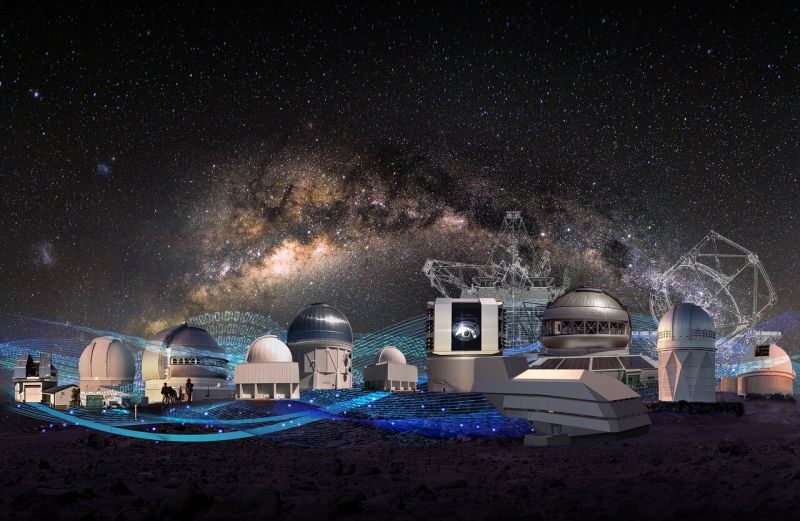
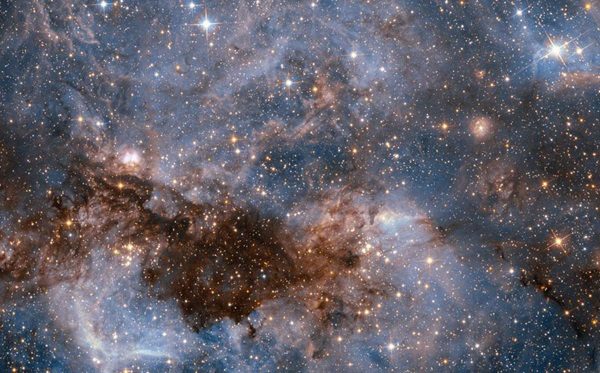

It takes a very special kind of telescope to look at the sun. We’ll be doing a special class with an astronomer who has several different solar telescopes at his private observatory for us to look through. Please do NOT look at the sun with your telescope at home. We will show you how to safely look at the sun in this class.
Solar Observing Session– 11am Pacific on Tuesday, March 9th
Backup date (if there is bad weather on March 9): Thursday, March 11th
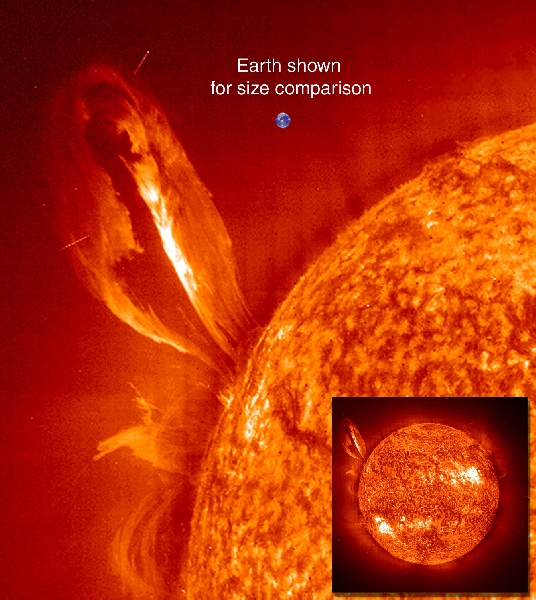
I will be posting the handout for this class in the LIVE CLASS section of the website under “Astronomy & Astrophysics”.
Connect to class using links provided in your weekly email updates about upcoming classes and schedules.
How to Get Started with my Online Curriculum Program
Join Al & Aurora as they explore how to get started using Aurora's online science program with your kids. It's sometimes overwhelming when you first start any new program or project, so we've made it easy by taking the guesswork out. We also answer questions about teaching the most important areas in education, how to handle frustration, and teaching multiple kids. We hope you enjoy this parent session!Welcome to our Start of the Academic Year!
Parent Session on preparing Homeschoolers for college, teaching important skills to kids, and more.
This is a recording of our parent session we offered as a discussion around parenting, what skills are the most important to teach kids, and how to handle that overwhelmed feeling when homeschooling that comes to all of us.Communication Styles in Teaching Students
Have you ever felt that it's easier to teach one child than another? It may be your method of communication isn't a match to theirs. Here's a video on the four communication modalities: visual, audio, kinesthetic, and digital. Which learning modality do you prefer, and which do you struggle to connect with?When the moon’s minimal, go outside and look up! You don’t even need a telescope. Try to find a space away from city lights, and enjoy it with a friend.
Some meteor showers are more spectacular than others. This one is expected to pick up tonight 4/20 and tomorrow 4/21, and we’re expecting to see between 10 to 20 meteors per hour at the peak. You’ll want to look near Vega, use a stargazing app to help you find it.
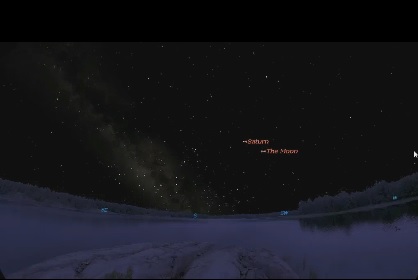
Comet Thatcher is the source of the meteors for this particular meteor shower, because every year in late April our planet will cross the path of this comet. The last time it visited the inner solar system was in 1861, so it hasn’t been here in a while, the orbit is about 415 years.
Comets leave a trail of particles, and when the Earth sweeps through that particle trail, we get meteor showers! That’s why meteor showers are stronger some years and not as much in later years. The years they are strongest is when the comet has made a recent pass!
National Engineering Week was created 70 years ago to demonstrate to parents, teachers, and students how important a technical education is for our students.
It’s a day were local engineering companies, college engineering organizations, and museums host engineering events, science displays, and outdoor fairs to promote math, science, and technology to their local communities.
You’ll find paper airplane contests by NASA engineers and human powered helicopters flying in shopping malls (no kidding!) We’re going to join in the fun with a cool set of hands-on projects you can do right at home.
One time, as a demo for the public, Cal Poly set up their in-progress gigantic Human Powered Helicopter. Here’s a video of a test flight:
And here’s a video of the actual winner (not Cal Poly!) who created a design that flew and won the competition:
Teaching Innovation
Okay, so how can you share engineering with your kids and students? When I was a university instructor, one of the hardest things to teach was innovation and creativity. One way that I did this is with Odyssey of the Mind activities. Here are three of them you can do with your kids. Normally, kids are only given 8-10 minutes per activity, however you can do these activities as long as your kids are interested and excited about completing each challenge. Offer prizes if you feel that would add value to the challenge as well!
Going Further
If you’d like a more in-depth project to do with your kids, here are some of our most popular on our website:
You can learn more about National Engineers Week here!
On Friday, June 19th at 10:00 AM Pacific Time I am hosting an ASTRONOMY SCAVENGER HUNT GAME. Your kids can tune in to participate and win prizes! I’ve sent you an email with all the details for classes for the week, including this one. It’s a Zoom call – please email us if you can’t find it!
This is my personal reading list for my own kids. These are all the books we’ve read up through about 6th grade, and we’ve read them aloud and with our kids.
When I was growing up, I was a very avid reader… like 1-2 books per day. At 200-400 pages each, you can image how many books I read!
What I didn’t realize is how much of my character and values were shaped with those books!
I did not have strong role models within my family growing up, so I found my role models in my books. I spend a lot of time with the characters in the stories and biographies I read, and I realize today how much of who I am was shaped by specific titles.
As a parent, I realize that this can be really useful in teaching strong values and life lessons to my kids. Sadly most books published today are pure “eye candy”, meaning that they are like sugar for the body – empty calories that do not contribute to what the body needs. There’s no character development, life lessons… nothing in there for kids to model their behavior after that I’d want to see in my house.
It’s so easy to publish a book today compared to 50 or 100 years ago, so it’s no wonder the market is flooded with books! It can be hard to tell the good from the junk. I want more for my kids, and so I have spent a lot of time and energy over the years cultivating a list of books that I think are the important for them to learn from.
So here’s my reading list – I have more titles now that they are older, but these are the ones that I am really excited about sharing with you. Also, I didn’t just hand them the book. We would read them *together*, which also means I taught them not only how to decide if a book is good for them to read (there’s a whole art in learning how to choose which book to spend your time on), but also how you read a book.
It surprised them when they learned that you don’t have to read every single word, you don’t have to read it all at the same pace, and you don’t even have to like the ending. In fact, most authors of decent books have over a dozen different endings they come up with before deciding on the one that is to be published in the book, so we make it a game to figure out what all the possibilities are.
The older ones are now starting to learn how to see the author in what they read, that invisible connection that binds reader and author in a woven tapestry of words. So here’s my reading list – I do hope you enjoy it!
Click here to download my Book Challenge Reading List!
The VEX IQ Robotics Competition for elementary and middle school students is open to teams of two or more kids who build a robot to compete in local competitions. While it’s really exciting and fun, it’s easy to feel overwhelmed due to the open-endlessness, and that’s what we’re going to hep you with.
Every year, a new game is released (you can purchase the 2020-2021 game elements here), played on a 6 foot by 8 foot field. You’ll need a VEX IQ Super Kit, which contains all the pieces that you will need to snap together and build a robot for competition!
Here is the first step to building a competitive robot from your Super Kit to compete in a competition.
Great job! You have now built half of your drive train. The video below will show you how to build the other half.
Now you have to halves of your drive train. Play the video below and learn how to connect them together, add on the brain, and pair your robot with your controller.
Congratulations! You have completed the Drive Base for your robot. Drive it around, learn how to control it, and come back to the next video when you are ready to add an arm and claw.
Your robot now has giant pieces sticking up from the front; the uprights for your arm! To learn how to attach some supporting members and a sensor along with some gears, click the video below.
In this next video you are going to learn how to put a rack on the back of your robot to store game objects when you are carrying them.
Now that you have your rear rack built and installed on your robot, it is time to build the arm and claw. The claw is great for picking up and moving objects around your house, or game elements from some VEX IQ challenges. Check out the video below to get started.
Now you have finished building the arm and claw, and you now have a completely built Clawbot! Now you need to learn how to control it, how to change settings on the brain, and some other quick tips on how to make your robot work even better.
Congratulations! You are now driving a complete Clawbot that can pick things up, move them around, and put things in the rear rack! Next, you are going to learn some arm and claw modifications to make your robot better for specifically the 2020-2021 VEX IQ Challenge: Rise Above.
You can buy the 2020-2021 game field and elements from the official VEX website here, or you can buy them here if you want free shipping.
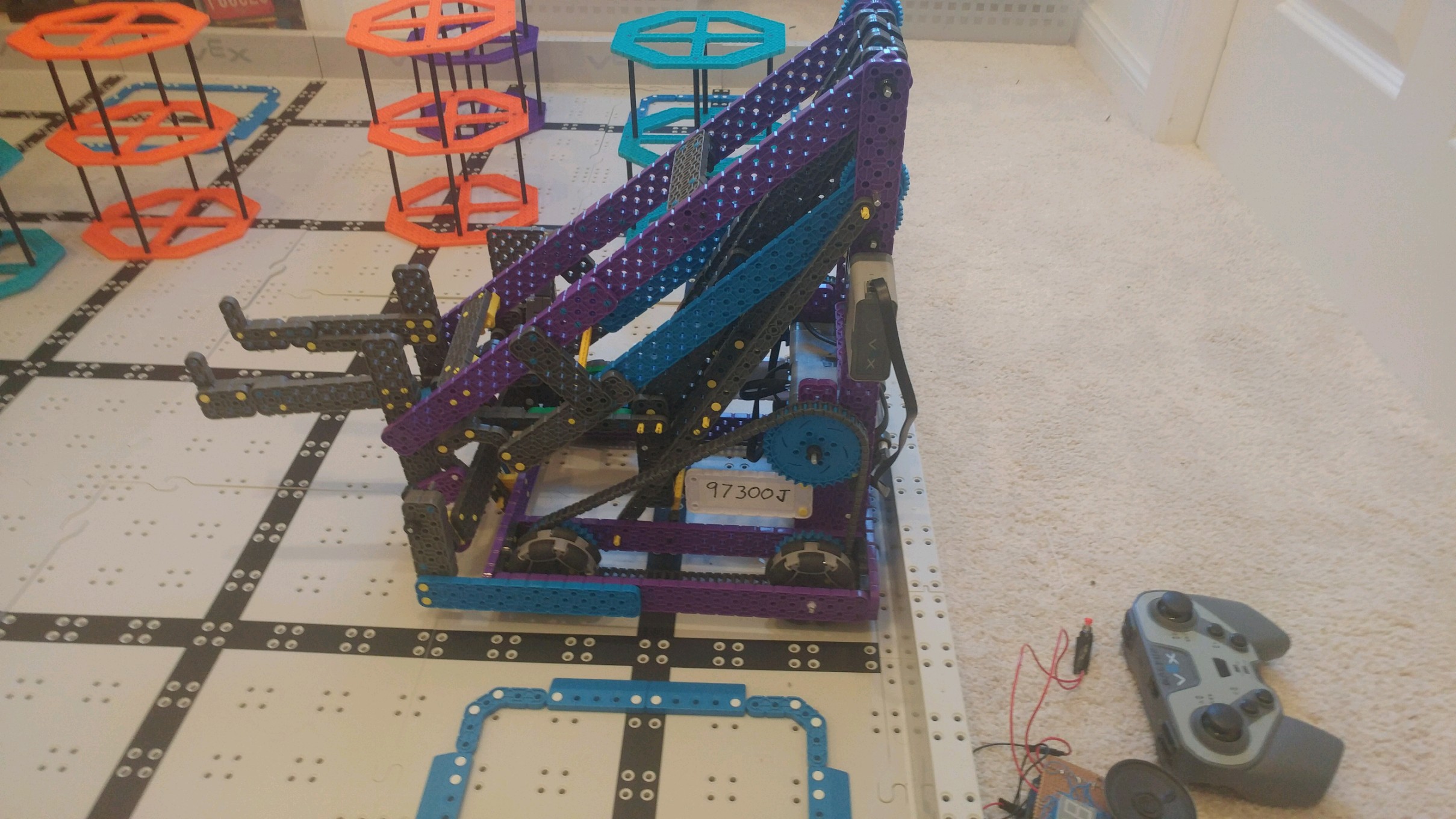
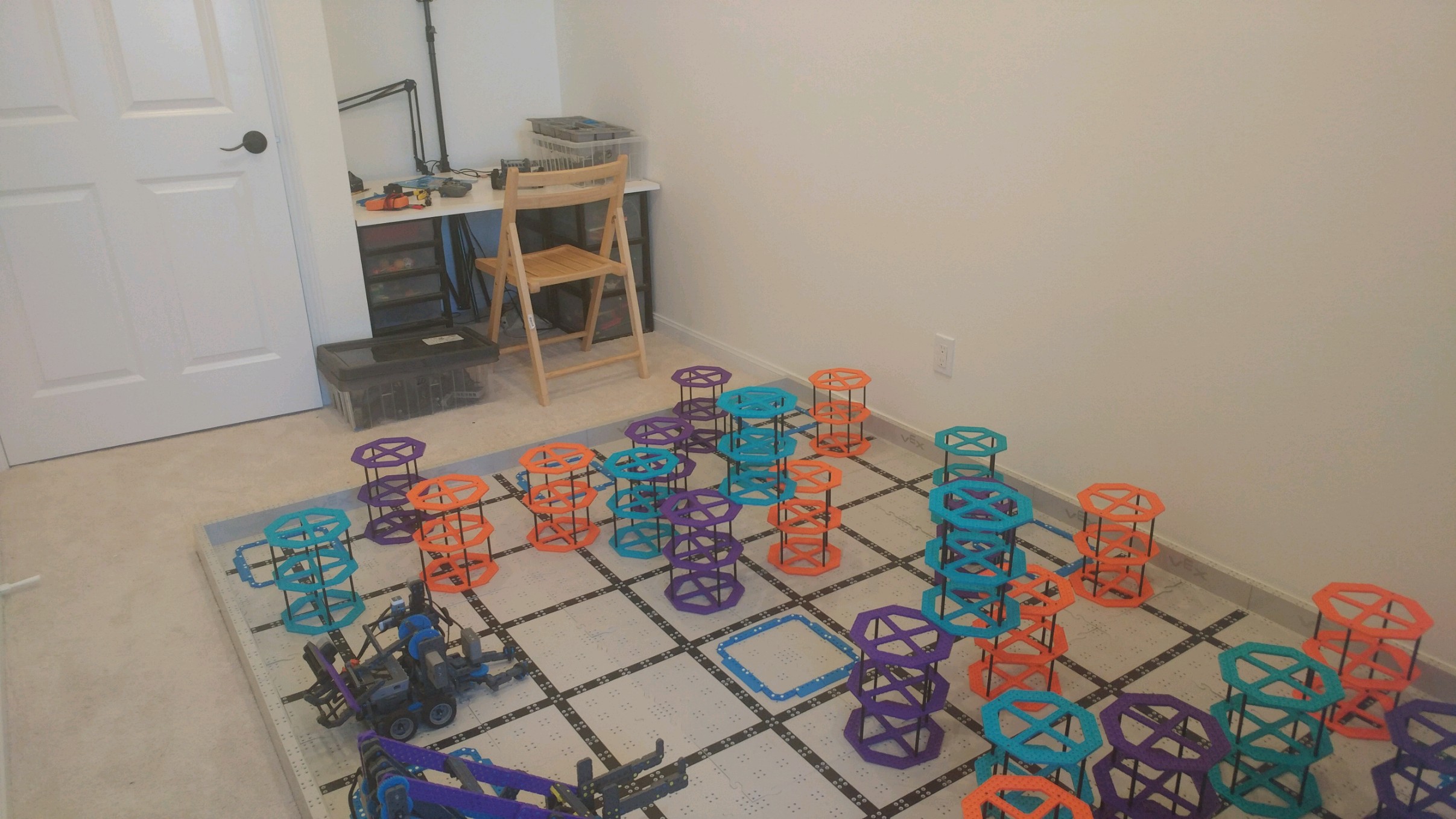
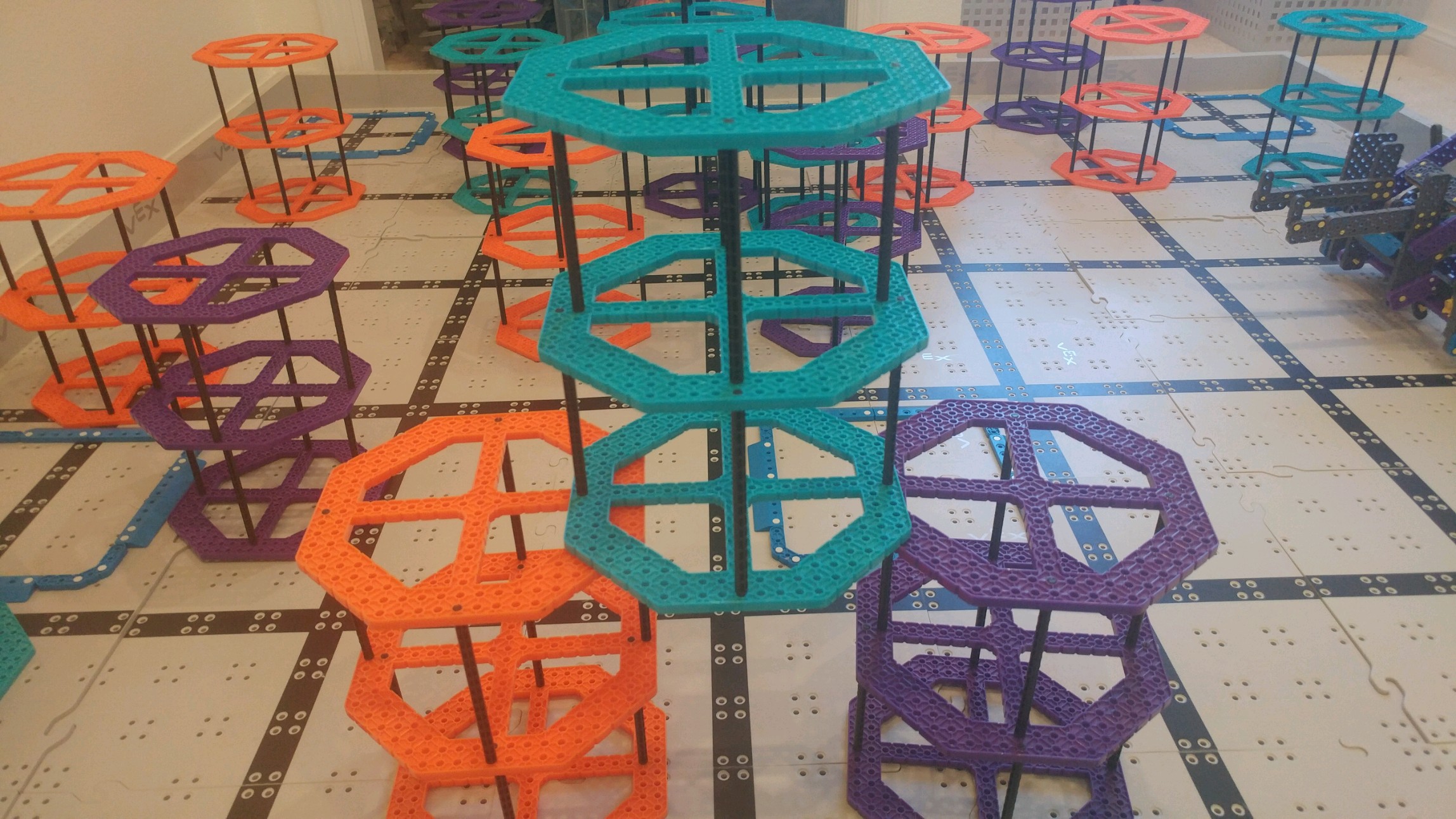
Recommendations for Going Further
Want to learn more about how to build a better robot, and even compete in an online robotics competition?
Here are some good individual videos:
Here is a Chinese Event from last year:
Here is an intro video for VEX IQ
You can also go to HERE to find all the VEX EDR/V5, VEX IQ, and VEX U match video archives from nearly all the past World Championships.
You can go your whole life without paying any attention to the chemistry behind acids and bases. But you use acids and bases all the time! They are all around you. We identify acids and bases by measuring their pH.
Every liquid has a pH. If you pay particular attention to this lab, you will even be able to identify most acids and bases and understand why they do what they do. Acids range from very strong to very weak. The strongest acids will dissolve steel. The weakest acids are in your drink box. The strongest bases behave similarly. They can burn your skin or you can wash your hands with them.
Acid rain is one aspect of low pH that you can see every day if you look for it. This is a strange name, isn’t it? We get rained on all the time. If people were dissolving, if the rain made their skin smoke and burn, you’d think it would make headlines, wouldn’t you? The truth is acid rain is too weak to harm us except in very rare and localized conditions. But it’s hard on limestone buildings.
I mixed up two different liquids (potassium iodide and a very strong solution of hydrogen peroxide) to get a foamy result at a live workshop I did recently. See what you think!
Note: because of the toxic nature of this experiment, it’s best to leave this one to the experts.
Nurses will put hydrogen peroxide on a cut to kill germs. It’s also used in rocket fuel as an oxidizer. The hydrogen peroxide in your grocery store is a weak 3% solution. The hydrogen peroxide used here is 10X stronger than the grocery store variety. The KI (potassium iodide) is the catalyst in the experiment which speeds up the decomposition of the hydrogen peroxide. This is an exothermic reaction (gives off heat).
If you are curious how airplanes fly without flapping like a bird, how to read aircraft instruments and tell which runway to land on, what it’s like inside a real cockpit, then this is the class for you! Aeronautics is the art and science of flight. Aviation is the practical side of aeronautics. It’s the design and building of airplanes, and how to fly the thing from point A to B. Aerodynamics is the motion of air, and the way air interacts with aircraft, like how air flows over a wing.
In November, we went on an Airplane Field Trip with a real flight instructor! During class, students were able to ask questions and interact with the pilot in this online learning field trip class. Here’s the video recording:
We will be doing another field trip soon, so please look for an email about this in the coming months. I hope you enjoy the kesson!
SAVE THE DATE! This is a great way to not only CELEBRATE all your hard work this month, but also to review the month and be totally amazed by how much you’ve learned. I’ll send exact details by email on the Sunday before our party date so you will have the special ZOOM LINK to participate with us! ALl ages, all levels welcome.
~Aurora
I’ve gotten a flood of emails from desperate parents begging me for great science gift ideas for their budding young scientists. My first thought was: “Aurora in a Box!” (I mean, wouldn’t that be cool to have me pop out of a box and play with your kids all day?). I’ll have to work on that, since I know that I don’t really fit inside most boxes…
In the meantime, I decided that the best way to help out is to give you a sneak peek at the gifts I’ve shared with my own kids. I have put together a list of my favorite gifts for kids that are not only educational, but worth their weight in learning and fun! And these are not something that easily wind up on a shelf or in the dumpster.
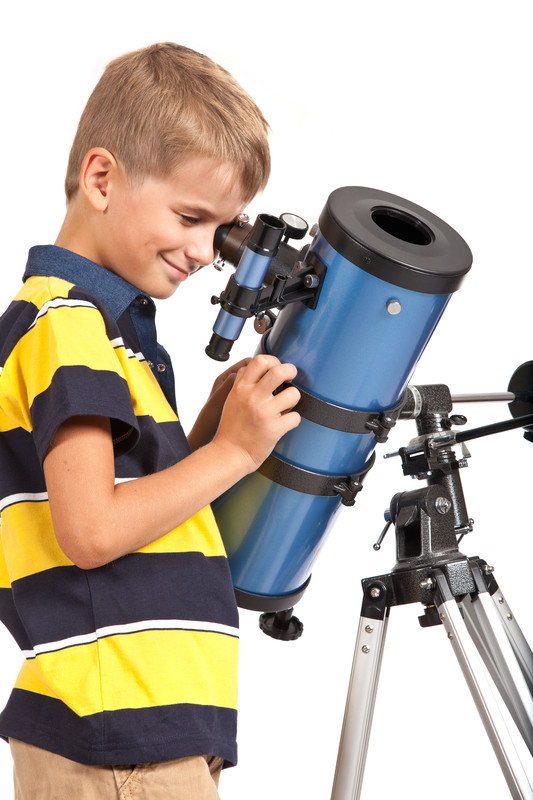
That said, I also wrote up a list of the gifts that are a total waste of money. Trust me – you’ll be glad you avoided the most common pitfalls eager parents fall into when trying to find the ‘perfect present’ for their child. You know these ones – the kind of gifts that makes kids sigh, frustrate them, or find themselves stuck on the top shelf to gather dust. You can read about these and why they made it to this list.
Okay, so are you ready to learn how to give your child an incredible gift they’ll keep using long after the holidays are over? Here are my ideas:
Scientific Instruments
Telescope Wow – nothing says holiday gift more than a scientific instrument to look at the stars. The trouble is, most people are so excited about the instrument that they forget they still don’t know how to use it. A telescope is pretty useless unless you know where to point it, and most telescopes given during this season are better suited for the garbage than star gazing.
My best recommendation? Settle for a quality pair of binoculars and a star gazing guide book (Exploring the Night Sky and Summer Star Gazing both by Terence Dickinson) to go with it so your kids can work up to the big stuff. You can get any nice pair that fits into your budget, but if you really want a recommendation that doesn’t have the brand-name price tag with it, For kids, Celestron’s Cometryon 7x50s are amazing for under $40.
For adults, Orion’s 10×50 UltraViews are outstanding. I personally own a set of these, and I’ve also added an L-adapter and camera tripod for longer viewing sessions. Expect to pay at least $140 for a pair of binocs worth keeping. Any cheaper than that, and you’ll quickly get discouraged and toss them in the Goodwill box faster than you think. You can mount these on any standard camera tripod, but I’m really excited about my new Paragon tripod that I’ve just started using. The tripod is able to keep the binoculars centered on an object no matter what height you raise or lower the binoculars to (which is really useful when you’ve got a long line of people of all different heights waiting to look through them.)
If you’ve already mastered the basics and really are ready for your own telescope, don’t bother with one of those telescopes like the kind shown in the picture here – a skinny tube mounted on a rickety tripod. The eyepiece can be way too high for kids, and they usually knock the whole thing over. So I recommend checking out the 6″ or 8″ Dobsonian and encourage you not to be fooled by the fact it doesn’t look like a traditional telescope, because it’s larger and has a lower mount. This one is going to show you a lot more detail of the sky, and is nearly impossible to knock over and damage. If you’re new to the starfield, you’ll want one with “Go To” capability for the Dobsonian. Don’t even think about owning a telescope without getting padded carrying case to protect it from dust and dings. Be sure your telescope has a laser finder also!
This is the most important part of the telescope – the eyepieces! You’ll also need to get decent eyepieces. The ones that are included with the telescope you can replace with these incredibly widefield eyepieces. Pick one between 8-13mm, 17-21mm, and a 21-24mm. Expect to spend at least $200 for an entry-level scope, or up to $1,000 for all the stuff I’ve listed here. Anything less than $200 (OR anything from Costco, Walmart, Kmart, or other similar stores) is just plain junk and not worth your time, unless you’re looking for a good dust collector.
For telescopes under $100, you have two options: First Scope by Celestron, and the Galileoscope. They are both small, compact, and use plastic mirrors and lenses, but it does give you the same images Galileo himself saw 400 years ago. These are the only two I’ve found that are even worth the money. Don’t forget to arm your kids with a moon map so they use their new scope easily!
If you still are thinking about getting a cheap scope, here’s the bottom line: I hear about MORE kids and parents than you’ll ever want to know that have gotten so excited about a new telescope, only to get frustrated and disgruntled, and eventually not only trashing the telescope but also their whole interest in astronomy. Getting a cheap telescope is the fastest way to kill your child’s passion for astronomy. This goes for microscopes and binoculars, too. You’ll find when you invest up front, the rewards just keep coming and coming for years beyond what you ever expected.
Microscopes This is another popular gift item. There are many good scopes out there for kids, AmScope are the ones I’ve used in my classes with kids and have worked out the best over the years. You can look at their best microscopes here.
Whichever you choose, make sure it’s set up with a 10mm for the eyepiece and a 4X, 10X, and 40X at the objective, and also has a mechanical stage, and a mirror if you’re planning to use it int he field outdoors (otherwise, choose a corded model with LED lighting). Also add a box of microscope slides, tools like tweezers and vials, coverslips, and a basic staining kit and you’ll be set!
Favorite Science Books
Check these out at your local library to see if you think your child will like them.
- Why Pi? by Johnny Ball
- Go Figure by Johhny Ball
- The Space & Time of Uncle Albert by Russell Stannard
- Black Holes and Uncle Albertby Russell Stannard
- Uncle Albert & the Quantum Quest by Russell Stannard
- George’s Secret Key to the Universe by Lucy & Stephen Hawking
- George’s Cosmic Treasure Hunt by Lucy & Stephen Hawking
- The Elements by Theodore Gray
- One Minute Mysteries by Natalie Yoder (There’s one in Math and another in Science!)
Science Games and Puzzles
- Space-opoly (My kids love my version of the classic Monopoly) This is FREE for you to download.
- Chemistry Period Table Board Game by Ellen McHenry This is FREE for you to download.
- Periodic Quest This game won numerous awards and is a recent release. It’s complicated enough for your 12 year old.
- Chemistry Card Game by Ellen McHenry This is FREE for you to download.
- Elementeo developed by a very talented school-age student which teaches kids the characteristics of the periodic table of the elements using a game structure similar to Magic card game.
- Robo Rally This game is a regular in our house, especially since we’ve started making our own board elements.
- The Way Things Work Board Game is fun and creative, and we’ve added our own elements to it as well!
- Power Grid Board Game is a regular, and it’s fun to see kids and adults alike struggle to balance limited resources, profitability, and power issues at once.
- Go Venture is the only entrepreneur board game I’ve ever found. It’s made by a company that makes business simulations for grown ups!
- Black Hole Game Written and created especially by scientists! This is FREE for you to download.
- Constellation Board Game Plays northern hemisphere on one side and southern on the other!
- Equate the Math version of Scrabble, which is great for kids that are getting the hang of arithmetic
- Mathematician Dice for your college math student with more “math geek” fun toys here!
- Chess find a 34-piece set (with four queens) and a vinyl mat
- Iron Puzzles – these are a favorite in our home! You can’t break them, and the first two levels are easy enough to frustrate adults.
- Perplexus is one of four different maze balls that my kids keep in the car.
- Create-A-Story Board Game – since my kids love to write, this is a natural hit for us.
Cheap and Inexpensive Science Gift Ideas
If you feel that you getting each of your kids their own telescope is not in your budget (and I totally understand this), here’s some great news! This list below is a set of ideas that range from FREE to under $100. While I still think it’s important to start a pickle-jar savings account for those higher-priced items, here are a few ideas to get you started when you need to be on a shoestring.
- Get them their own personal toolbox with tools and a “How to Fix Anything” book. They’ll get real life skills, and you’ll benefit from this down the line when they can unclog the toilet for you.
- When making household repairs, servicing the family car or other domestic equipment, include your child. Natural scientific and mechanical skills can be discovered and developed in this way, and many scientific principles can be demonstrated in firsthand and practical ways, using the Scientific Method and the Universal Troubleshooting Method.
- Subscriptions to scientific magazines:Scientific American, Popular Science, Popular Mechanics, and MAKE Magazine are fantastic. You can also check out Sky & Telescope and Astronomy magazines.
Worst Science Gifts
Trust me – you’ll be glad you avoided the most common pitfalls eager parents fall into when trying to find the ‘perfect present’ for their child. You know these ones – the kind of gifts that makes kids sigh, frustrate them, or find themselves stuck on the top shelf to gather dust. You can read about these and why they made it to this list right here.
- Cheap telescope, microscope, or binoculars from places like Costco, Target, or other major department-type of stores. Any telescope that says the power rating on the box should be avoided like moldy spam. Telescopes aren’t about power magnification – they are about light collecting ability, which is measured in mirror (or lens) diameter. Microscopes should be durable and not plastic, and binoculars should have real lenses in them. Read the section above about which one is the right one for you.
- Science kits in a box These can be hit or miss. Some science kits are great – I love the ones from Radio Shack and Thames & Kosmos. The biggest problem with these is that most of them are cheap knock-offs made of little plastic pieces that if they break, you have to scrap the whole thing. The other problem is that they are expensive, and that they only make one specific project, which doesn’t leave any room for creativity, imagination or innovation… which is what science and engineering is based on.
- Science books I am a total reading buff, so saying that books are on the worst list makes me cringe! But I have to admit, there are so many bad science books out there that I have to put at least a yellow caution sign about which ones to pick. Keep an eye out for stale and dry, flat boring, or just plain wrong books out there with flashy pictures and little to no science in them at all. See above for my recommendations for books and magazines.
- Science toys that are experiments already done for you These are actually quite the rage right now, which is not surprising given the “gotta have it now” mentality that surrounds us everywhere. These are toys that were once great science projects or experiments, but have been mass produced so you can just buy the end result, like airzookas, hex bugs, and stomp rockets. It takes something away from the magic if you can just “buy it” right without building it yourself. Kids only play with these items for a very short period of time, and since they didn’t build it themselves, there’s no reason for them to really appreciate it or play with it long term. Some of these can be fun to play around with and get inspired from, just leave them in the store when you’re done.
This may be obvious, but…
Get a box full of all the materials needed for the e-Science project your kids have been hounding you about the most. Whether it’s the Laser Light Show, the underwater R.O.V. robot, the Trebuchet, the Laser Door Alarm, the Crystal Radio, the Space-Age Laser Communicator, or a special Robot they have in mind… you’ll be sure to make their day with the homemade inventor’s dream gift. Don’t forget to take pictures as they build!
There you have it – ideas and projects to set your mind spinning and get you moving in science. Let us know how it goes! And if you have more ideas of your own, please share them in the comment box below!
Hydrogen peroxide is used to fuel rockets, airplanes, and other vehicle engines. Chemistry teachers everywhere use it to demonstrate the power of a catalyst.
To speed up a reaction without altering the chemistry of the reaction involves adding a catalyst. A catalyst changes the rate of reaction but doesn’t get involved in the overall chemical changes.
For example, leaving a bottle of hydrogen peroxide outside in the sunlight will cause the hydrogen peroxide to decompose. However, this process takes a long time, and if you don’t want to wait, you can simply toss in a lump of charcoal to speed things along.
The carbon is a catalyst in the reaction, and the overall effect is that instead of taking two months to generate a balloon full of oxygen, it now only takes five minutes. The amount of charcoal you have at the end of the reaction is exactly the same as before it started.
A catalyst can also slow down a reaction. A catalytic promoter increases the activity, and a catalytic poison (also known as a negative catalyst, or inhibitor) decreases the activity of a reaction. Catalysts offer a different way for the reactants to become products, and sometimes this means the catalyst reacts during the chemical reaction to form intermediates. Since the catalyst is completely regenerated before the reaction is finished, it’s considered ‘not used’ in the overall reaction.
In this experiment, you’ll see that there’s a lot of oxygen hiding inside the peroxide – enough to really make things interesting and move around! You’ll also find out what happens to soap when you bubble oxygen through it. Are you ready?
Please login or register to read the rest of this content.
Click here to go to next lesson on Collision Theory
Need a little extra help? We’re scheduling a private tutoring session on Wednesday 11/4 at 4pm Pacific. Bring your questions and let’s get your homework problems done!
High Advanced Physics Private Tutoring Session: Get your physics and math homework done with a college student!
12/9 (Wed) 10am
Use ZOOM Link (sent to you in a separate email over the weekend) to connect to class.
There is no charge for this session. We will be walking you through the high school physics section of the website and answering your homework questions individually. Approx 45 minutes in length. Please bring your questions and homework!
Let’s go FLYING! We have a certified flight instructor who is going to do a real flight lesson in a live broadcast that you can participate in. You’ll be able to ask questions and connect with us during our time together. All you need is yourself and this page when it’s time for our class in the air!
We’re stargazing soon, so save the date! This will be a live class with both Aurora and a real astronomer (Kent Wallace). We will be taking you on a tour of the night sky so you can star gaze right from home!
Summer is filled with warm, late nights sparkling with stars, planets and meteor showers! We are going to focus on objects you can see with binoculars or small telescope.
(Aurora uses Orion’s UltraViews and also recommends the less expensive Celestron – Cometron 7×50 Bincoulars
We’ll also show you how to use Star Charts to help you navigate and find objects. You can download your sky map free here: Click here to download the current SkyChart.
During our time together, you’ll be able to interact with Aurora and Kent, ask questions, and gain insight on the next objects to search for to take your star gazing to the next level. It will be like watching a planetarium star show only from your computer screen!
We will bring you you a virtual “tour of the night sky” where you can discover, learn, and ask questions as we go along! All you need is an internet connection. You can use an iPad, laptop, computer or cell phone. When 7pm on Saturday night rolls around, click the link below to join our class. (Link coming soon!)
On the Road to a Billion Planets!
TONIGHT May 28th at 7pm – We’re streaming a live presentation from an astrophysicist from NASA’s Exoplanet Science Institute at CalTech about “On the Road to a Billion Planets”. This astronomy talk is especially extended to K-12 students interested in astronomy! All ages are welcome, and you can ask questions during her presentation as well! Click here for Jessie Christiansen’s Talk
Dr Jessie Christiansen is an astrophysicist with the NASA Exoplanet Science Institute at Caltech, where she searches for, characterizes and catalogues planets orbiting other stars.
In 2018 she was awarded the NASA Exceptional Engineering Achievement Medal for her role with the successful NASA Kepler Mission, which discovered thousands of exoplanets and revealed that rocky planets are common throughout the galaxy.
She now works on the NASA Transiting Exoplanet Survey Satellite (TESS) to find the nearest planetary systems to Earth – systems that will be ripe for further study with the next generation of ground- and space-based telescopes.
Soar, twirl, gyrate, float, and fly with our hands-on flight lab where you’ll get to experiment with over 30 different flying contraptions from airplanes to helicopters to things that shouldn’t really fly at all… but they do!
Learn how to build several different kinds of kites, including a comet kite, rotating rotor-kite, and a diamond kite that can lift you off the ground! And the bat kite doesn’t even need wind to fly… just you.
Launch several different kinds of rockets, including: stomp, slingshot, rocket ships, puff, pop , balloon racers, and magnetic rocket launchers. As you build dozens of rockets, including chemical, water, and air pressure designs, you’ll learn what it’s like to be a real rocket scientist.
Become a summertime astronomer as you study celestial objects such as stars, planets, moon, asteroids, comets, galaxies, and more that exist outside our planet’s atmosphere. Discover black holes and pulsars, how to collect meteorites, and the top ten summer targets for binoculars.

Imagine you’re in the car with the kids, excited to see your extended family (or at least, specific members of your extended family), and you’re not quite there yet.
And the kids been glued to their video games, cell phones, and electronic devices the whole time. You know it’s not good for them, but at least you have some peace during the car ride. You shrug it off, not too worried about it, thinking about all the running around with cousins they’ll do once they get there.
And then you hear…
“Are we there yet?”
“I’m bored.”
“I’m hungry.”
…and whining.
Now what do you do?
It seems impossible for kids to entertain themselves these days without the use of batteries.
That’s what spurred me to create this “Pen & Paper Games” packet that I want to share with you. It’s full of my very best on-the-go, play-anywhere games that you don’t need any equipment (other than a brain) to play! These games I’ve played with my kids over the years, even standing in lines at Disnleyland.
Click here to download the packet and enjoy with your family!
By the way, Bagels is still our favorite line-waiting game, because it’s so fun to play and easy to teach the on-lookers who are wondering why we keep shouting “PICO!” and “FERMI!” followed by uproarious laughter. Bagels is good for the car too, only maybe without the shouting. It’s basically a mental version of the old Mastermind game, but don’t tell them that! Just enjoy the game and have fun learning and exploring our wonderful world.
There is nothing as frustrating as seeing healthy children stuck indoors while watching something on a screen like a zombie. Most homeschool students need a bit of extra help to get them away from the screens of the smartphone, the tablets, the television or the video gaming consoles. Here is a list of ideas for the homeschool parent to ensure time away from the screens for the children.
Walk the Dog
Even if you don’t have a pet, enlist the help of a neighbor who does. The interaction between a pet and a child helps develop empathy and is joyful for both parties. Get your homeschool students into the habit of dog walking regularly.
Write a Journal
The simple Dear Diary notes that your child writes down can help with emotional well-being. The younger homeschool students merely need to write between three to five sentences daily about their day. The elder ones may be more expressive, and be prepared to allow them the privacy of not showing you exactly what they have written.
Find a Job
Whether it is doing small errands for people in the neighborhood, or getting a paper route, the idea is to get them to generate their own pocket money. Be sure to have the safety first conversation with your homeschool students before they take off to look for work.
Be Artistic
Help them to develop their talent. Some homeschool students show great skill at art, others with words. Encourage them to draw, paint, or write short stories. Find them appropriate places to showcase what they have created. Encourage them to build up a portfolio of their work. This is a great stress buster for kids of all ages.
Get Physically Active
Shoot hoops in the backyard. Play tag with the children in the neighborhood. Learn some yoga asanas. Fly a kite that you have built. Build a fort, a snow man or even an obstacle course, depending on the time of the year it is. Homeschool students need the time and opportunity to expend the energy that they have stored up inside of them. Encourage physical activity.
Not everyone has the extra storage space to catch all the material that homeschooling a couple of kids in different grades can throw out of the homeschooling classroom. Here are some tips to make your classroom more spacious by eliminating unwanted junk from the area. Feel free to add your own twist to this version of the clean up crew.
Separate the Stuff
Ideally put all the stuff into the following categories – Keep, Recycle, Trash, Donate and Sell. You can physically place the cardboard boxes for items that you want to donate and sell. Mark them with a permanent marker so that you are sure what each box is for. This saves time when you are in the middle of a big clean up pile and wondering where the coloring book you hold needs to go.
The stuff that you need to keep can be placed on the table or shelves in the homeschool classroom. The things that need to be trashed can be placed in a nice big garbage bag. The stuff to sell and donate can be boxed. Using this system is easier because you are not thinking of an intermediary place to keep everything before you dispose of them.
Finish Discarding First
The usual tendency while cleaning up is to find the right place for things that you need to keep, while ignoring what needs to be discarded. Instead get started with taking out the stuff you need to trash first. Then take over the things that you need to donate to the place or people you are planning on donating to.
After this there will already be a lot more space to play with in the homeschool classroom. Next get going on pricing the material that you want to sell. Put up the online ads, the flyers around the neighborhood and notices for sale. Take the box of stuff to sell out of the homeschool classroom and place it in the garage or other area where it won’t come in the way. Now you can finally allow yourself to settle the remaining stuff into the homeschool area.

